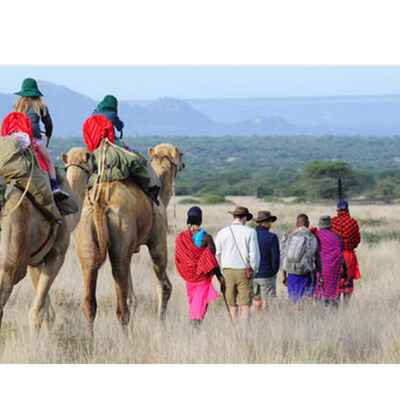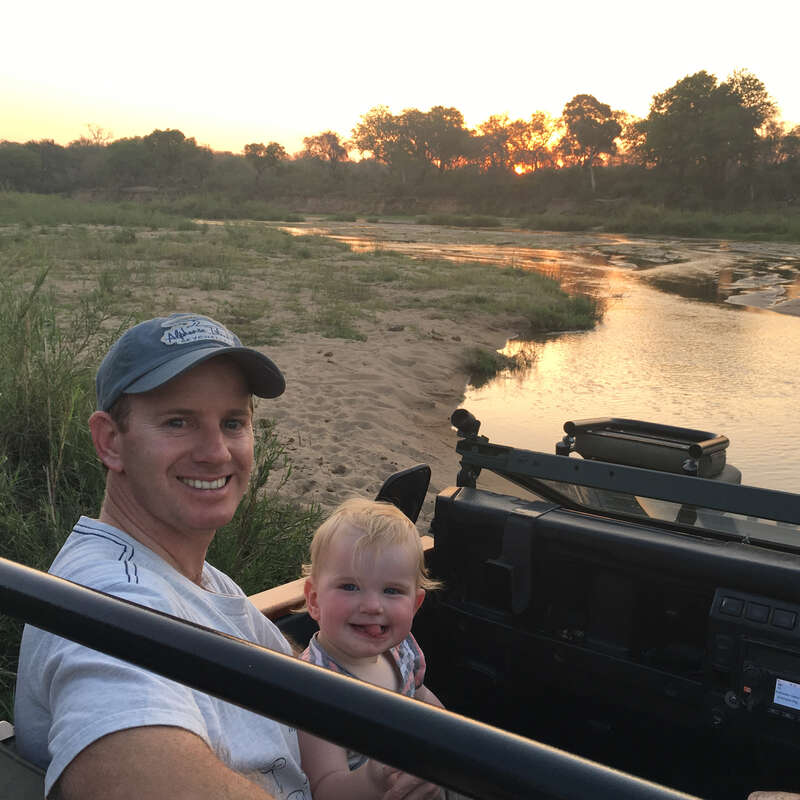About Karisia Walking Safaris
Karisia Walking Safaris is a small, family-run set-up in a remote part of Northern Laikipia.
Based on Tumaren ranch, a 3000-acre (12-square-kilometre) wildlife conservancy, Karisia specialise in camel-assisted walking safaris that explore the farther reaches of Laikipia. Karisia either use overnight fly-camps to make a multi-day safari from A to B, or do day walks out of the permanent camp on their ranch.
We haven’t yet had a chance to do a full Expert Africa inspection visit to Karisia, but one of our team sampled the walking experience in 2016, before joining Expert Africa. What we loved was the sense of freedom – the vast open spaces and the opportunity to learn about the fascinating Samburu culture. The walking was complemented by our guide’s wonderful ability to make quite long walks informative and interesting without losing the pace of the journey.
Our view
We haven’t yet had a chance to do a full Expert Africa inspection visit to Karisia, but one of our team sampled the walking experience in 2016, before joining Expert Africa. What we loved was the sense of freedom – the vast open spaces and the opportunity to learn about the fascinating Samburu culture. The walking was complemented by our guide’s wonderful ability to make quite long walks informative and interesting without losing the pace of the journey.
Accommodation
1-6 tents
Children
Best for 7+
Open
All year
Activities

Birdwatching

Cultural excursion

Guided walking safari

Private activities
Traveller reviews of Karisia Walking Safaris
1 real, un-edited reviews from Expert Africa's travellers.
Arrived 15 Mar 2015, 3 nights
"Karisia exceeded our wildest expectations"
Overall rating: Excellent
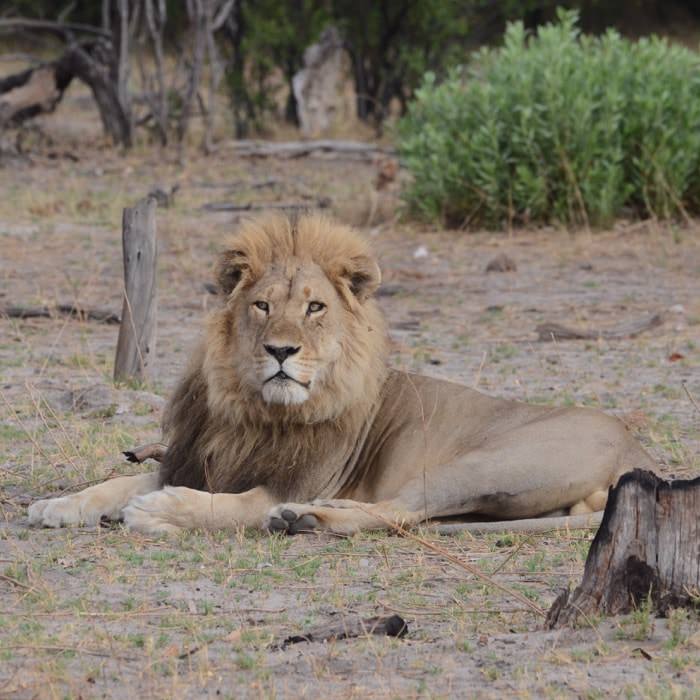
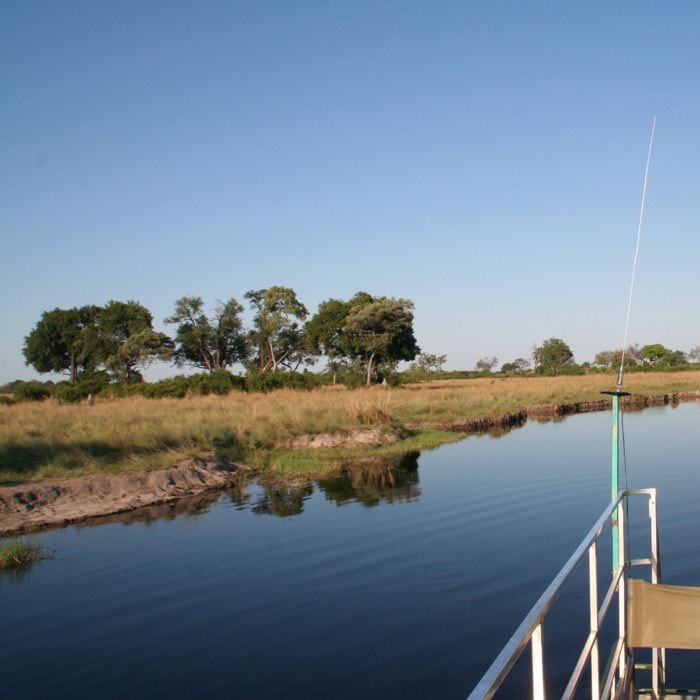
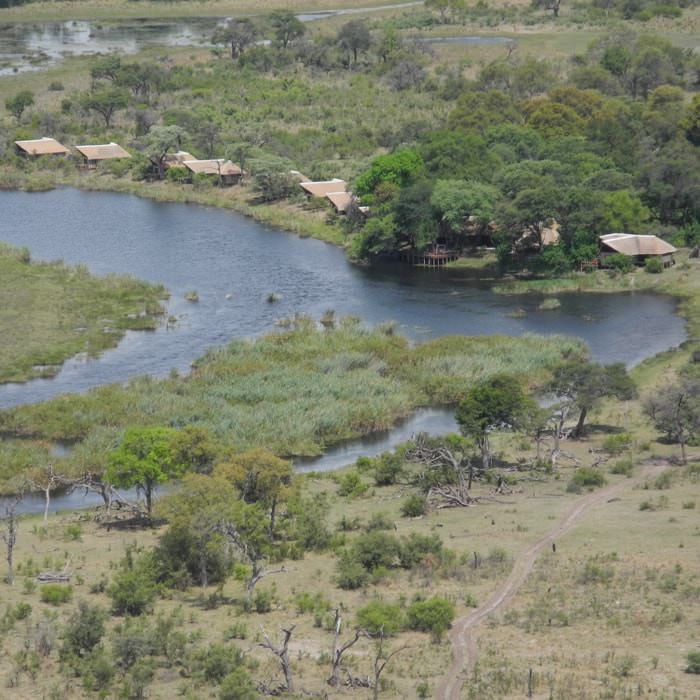
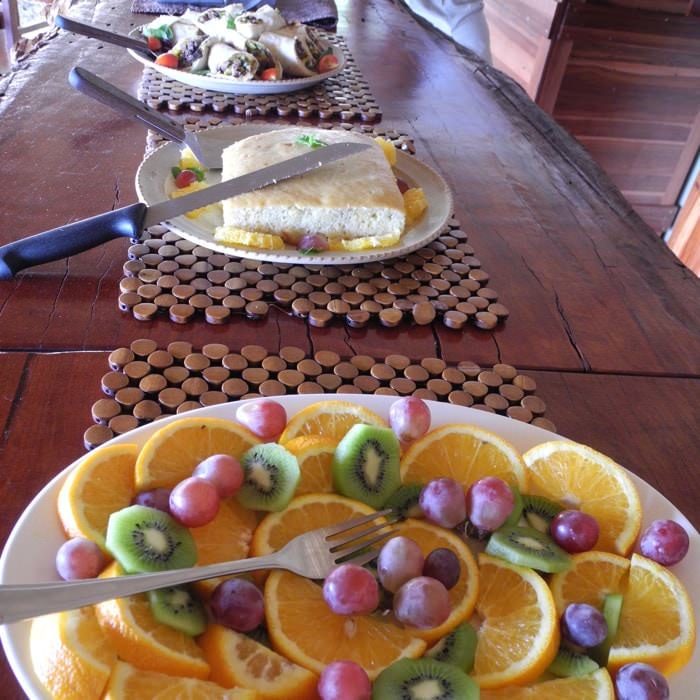
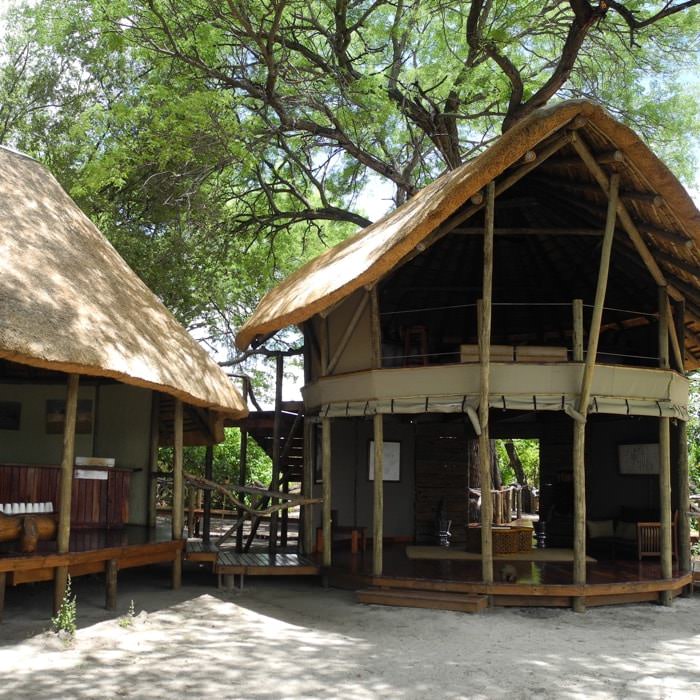
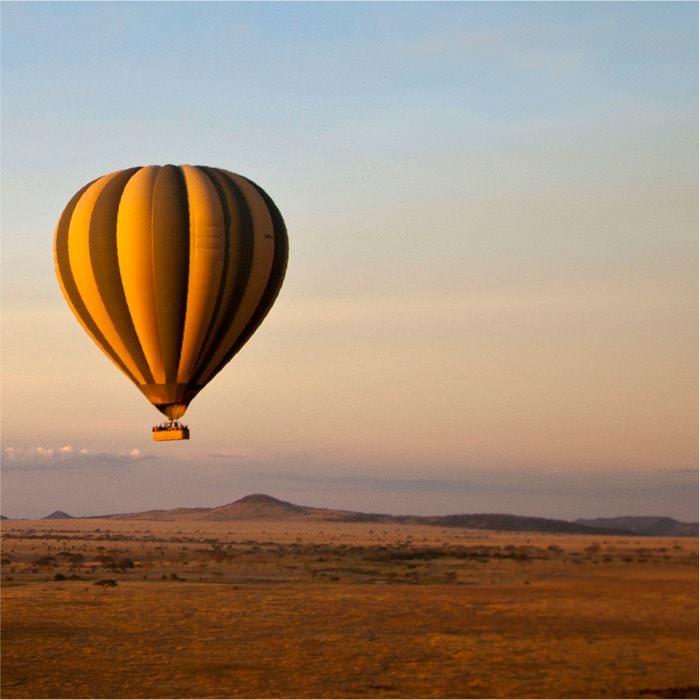
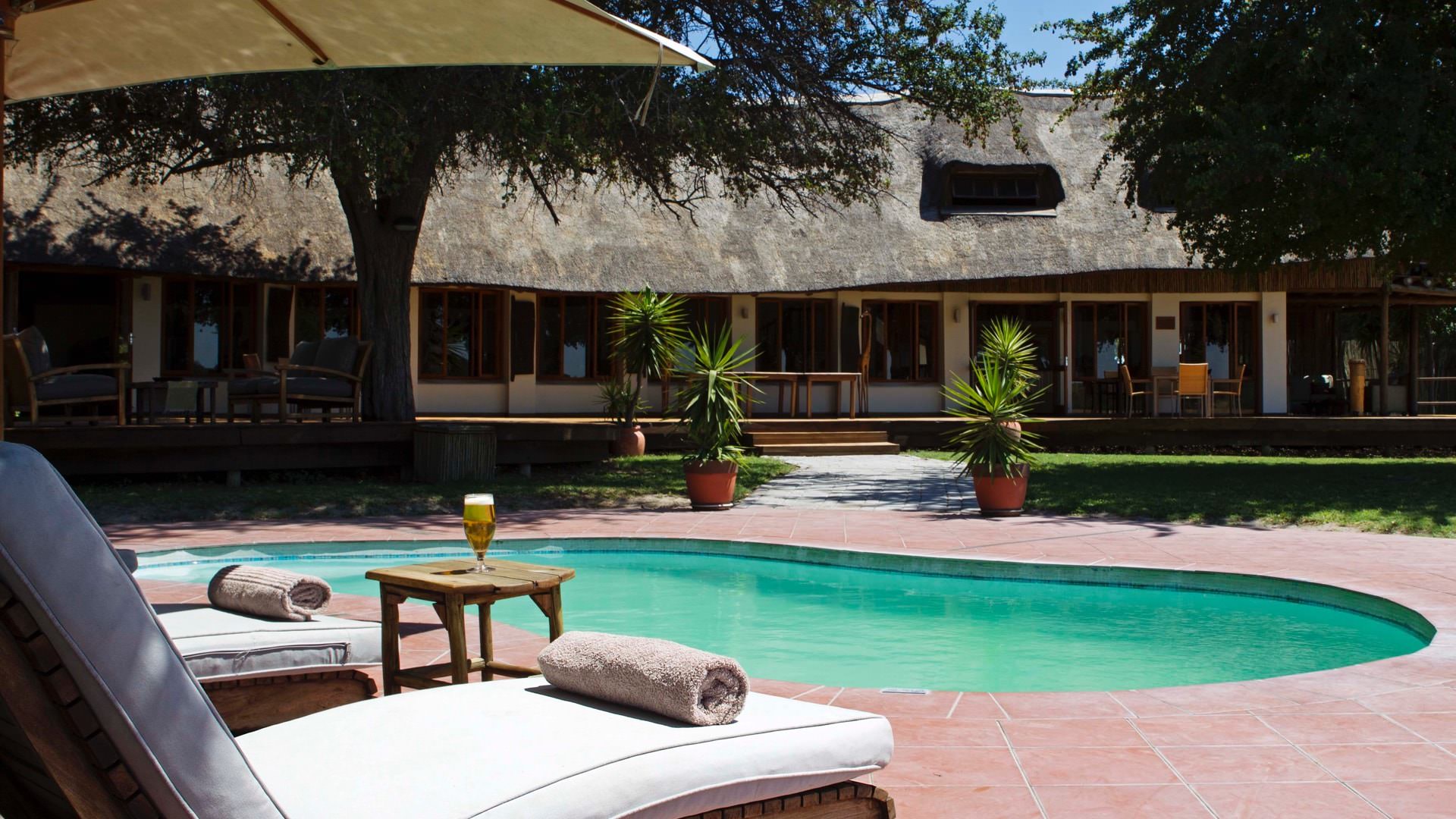
Expert Africa's gallery
When we travel we take lots of photos ourselves to give you a real and un-edited view of the safaris. See our 1 pictures of Karisia Walking Safaris to get the candid view.
View galleryKarisia Walking Safaris: Our full report
Karisia Walking Safaris is a small, family-run set-up in a remote part of Northern Laikipia.
Based on Tumaren ranch, a 3000-acre (12-square-kilometre) wildlife conservancy, Karisia specialise in camel-assisted walking safaris that explore the farther reaches of Laikipia. Karisia either use overnight fly-camps to make a multi-day safari from A to B, or do day walks out of the permanent camp on their ranch.
After breaking camp each day, the Laikipia Maasai crew go ahead to set up the next overnight camp. Depending on whether you are doing a “classic safari", or a “luxury safari", your tent will be either a lighter, canvas "hunting tent" or a large, traditional safari tent with more luxurious sleeping arrangements. Toilet and bathroom facilities are private in the case of luxury safaris (one toilet and one shower tent for each tent) or shared on classic safaris. In either case, long drop toilets are freshly dug for each camp, with wooden seats provided inside a small loo tent. The showers are in shower tents, and safari-style “bucket showers", with hot water brought to the back of the shower tent as required and dispensed through a regular shower head.
The third option, Tumaren Satellite Camp, is the luxury camping version but in a fixed location on the ranch with private toilet and shower facilities. If you stay at Tumaren Satellite Camp, your camel-assisted walking takes place as a half-to-full-day excursion from the camp each morning, returning later in the day for dinner.
On all the safaris, riding camels are available for tired members of the party, and kids love the view from on high! Most walkers will carry day packs, but your main luggage is carried by the camels.
On multi-day walking safaris, each day typically consists of a 4-5 hour walk of around 8-15km, depending on the fitness of the party and the terrain being crossed, and allowing for rest stops and pauses to watch wildlife. You'll walk for miles without crossing a road. The walks usually stop at lunch time, leaving the afternoon free for rest, reading, pottering around the camp, or further activities such as guided nature walks and exploring for children and energetic adults.
As you are walking, the wildlife tends to be more skittish than if you were in a vehicle, but you are likely to see, at a distance, elephant, reticulated giraffe, various species of antelope and plains game as well as some of the endangered species, such as Grevy’s zebra and wild dog.
Geographics
- Location
- Laikipia, Kenya
- Ideal length of stay
- 3–4 nights
- Directions
- Scheduled flight to Nanyuki, where you will be met, followed by a 2-hour drive.
- Accessible by
- Fly-and-Transfer
Food & drink
- Usual board basis
- Full Board
- Food quality
- Freshly made meals are prepared three times a day.
- Dining style
- Group Meals
- Dining locations
- Outdoor Dining
- Drinks included
- Soft drinks, local beer, house wine and some spirits are included on luxury safaris, but are not included on classic safaris. However, they can be bought.
Special interests
- Walking safaris
- On Karisia's multi-day walking safaris, you'll typically walk for up to five hours each day, covering around 15km. Karisia will tailor this to the fitness of people in your party and the landscapes you're crossing, allowing for rest stops and pauses to watch wildlife en route.
- See ideas for Walking safaris in Kenya
- Walking
- Walking with camels at a relaxed pace (camel-assisted walking) is an ideal way to absorb the landscapes and wildlife of northern Kenya. You can do this for a few hours or several days.
- See ideas for Walking in Kenya
Children
- Attitude towards children
- Karisia is a family friendly outfit and children as young as 4 have participated in their walks.
- Property’s age restrictions
- 5
- Special activities & services
- Traditional activities are often organized with the Samburu guides, including fire-making, spear throwing and bow-shooting, animal tracking and nature walks. fishing, bouldering, and learning from the Laikipia Maasai trackers.
- Generally recommended for children
- While we would recommend Karisia for adventurous families, children must be active, outdoor types who enjoy lots of exercise.
Communications
- Power supply notes
- No power while walking. At night, limited solar lighting and head torches. Ask us about charging camera batteries, which is not always possible.
- Communications
- Very limited phone signal while walking.
- TV & radio
- None
- Water supply
- Transported in
Health & safety
- Malarial protection recommended
- Yes
- Medical care
- Guides are all trained in Wilderness First Aid.
- Dangerous animals
- High Risk
- Fire safety
Activities
Birdwatching
Cultural excursion
Guided walking safari
Private activities
Extras
- Disabled access
- Not Possible
Plan and book your trip with Expert Africa
All of our trips are tailor-made, so we'll always adapt them to suit you. Talk to an Expert and let us plan and arrange your perfect trip.

Talk to an Expert
Call or email us now! We’ll match you with the Specialist in our team who is best suited to help you. Then together we can start planning your trip.

Set up your itinerary
Based on our experience and your ideas, your specialist will create a detailed, costed itinerary. We’ll refine it together, until we have a trip that you’re perfectly happy with.

Prepare for your trip
The same Specialist will make the seamless arrangements for your trip, send you detailed travel documents, and be available to answer any questions before you depart.

Travel with peace of mind
After you set off, you’ll be cared for by our partners in Africa, most of whom have worked with Expert Africa for decades. And if you ever need us urgently, we’re available 24/7.

When you return
We love to learn about your trip, and so will always be grateful if you’ve the time to give feedback to your Specialist when you return.
Karisia Walking Safaris's location
Look closer at the environment and surroundings of Karisia Walking Safaris.
Other lodges in Laikipia
Alternative places to stay in this same area.
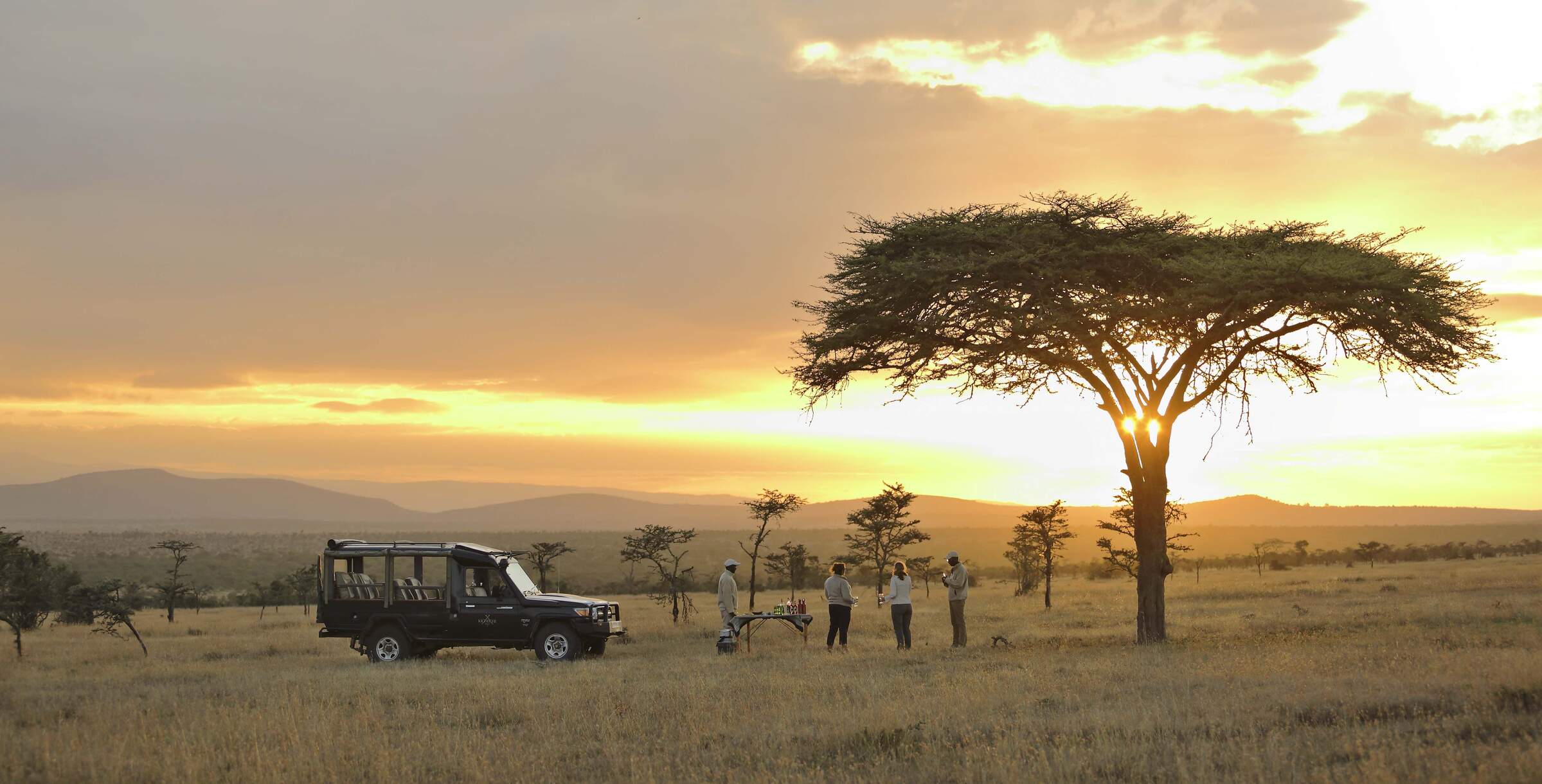
Kicheche Laikipia
Kicheche Laikipia is the most luxurious tented camp of the handful of places to stay in the Ol Pejeta Conservancy in central Laikipia.
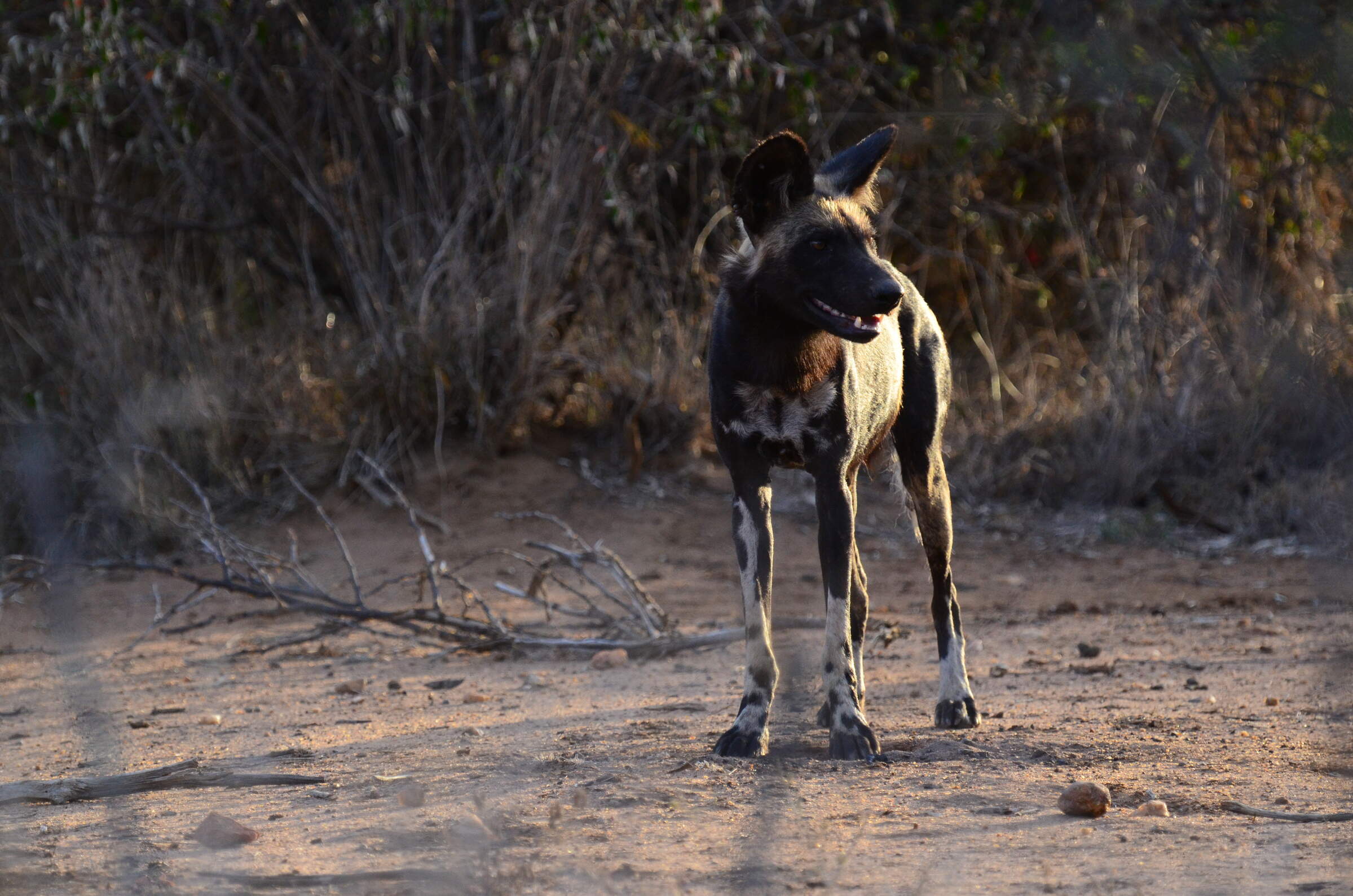
Laikipia Wilderness
Laikipia Wilderness is a rustic owner-managed bush camp, in excellent wild dog territory, offering outstanding guiding.
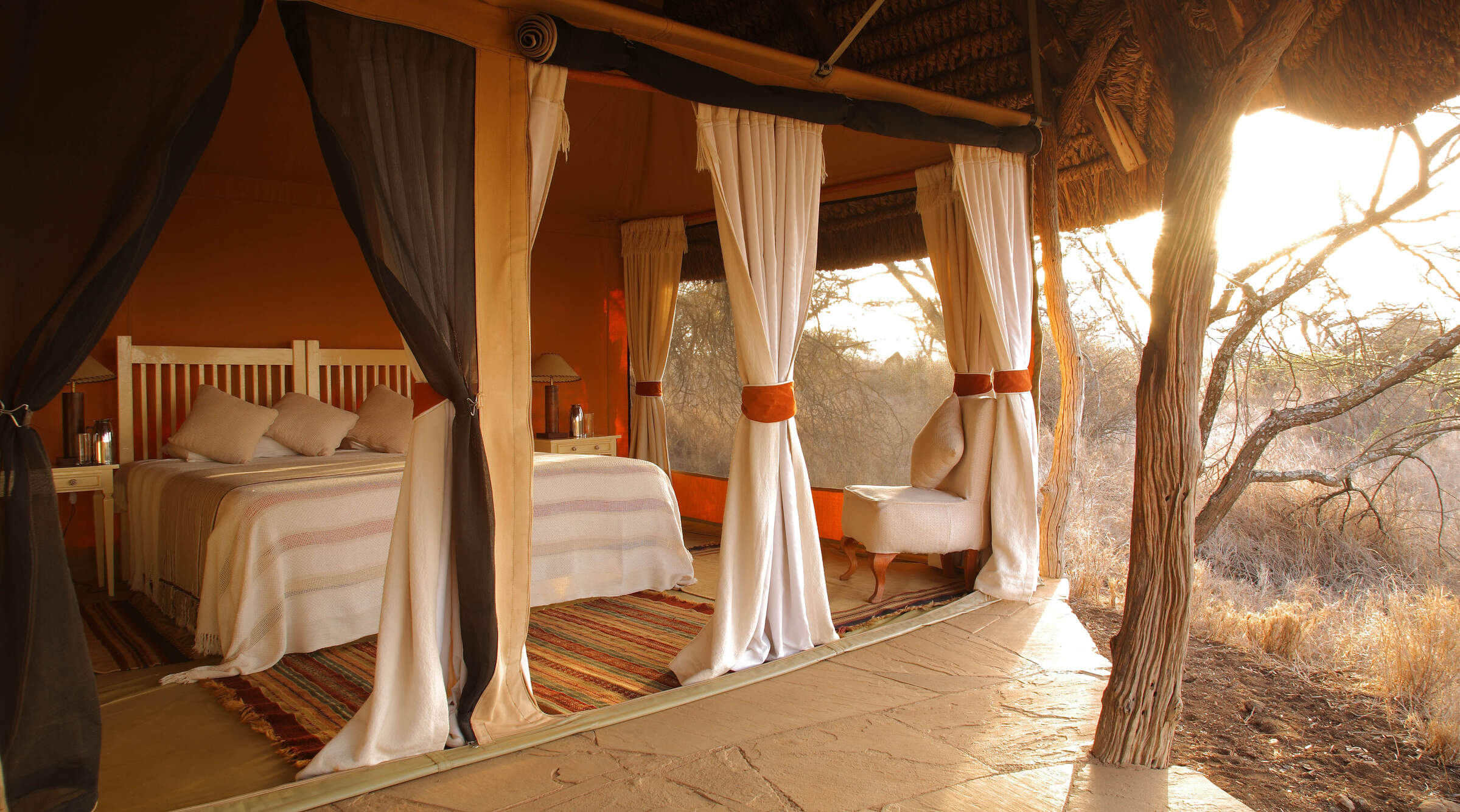
Lewa Safari Camp
Lewa Safari Camp is a comfortable and homely tented lodge, located in the Lewa Conservancy and offering a relatively exclusive safari away from mass tourism.
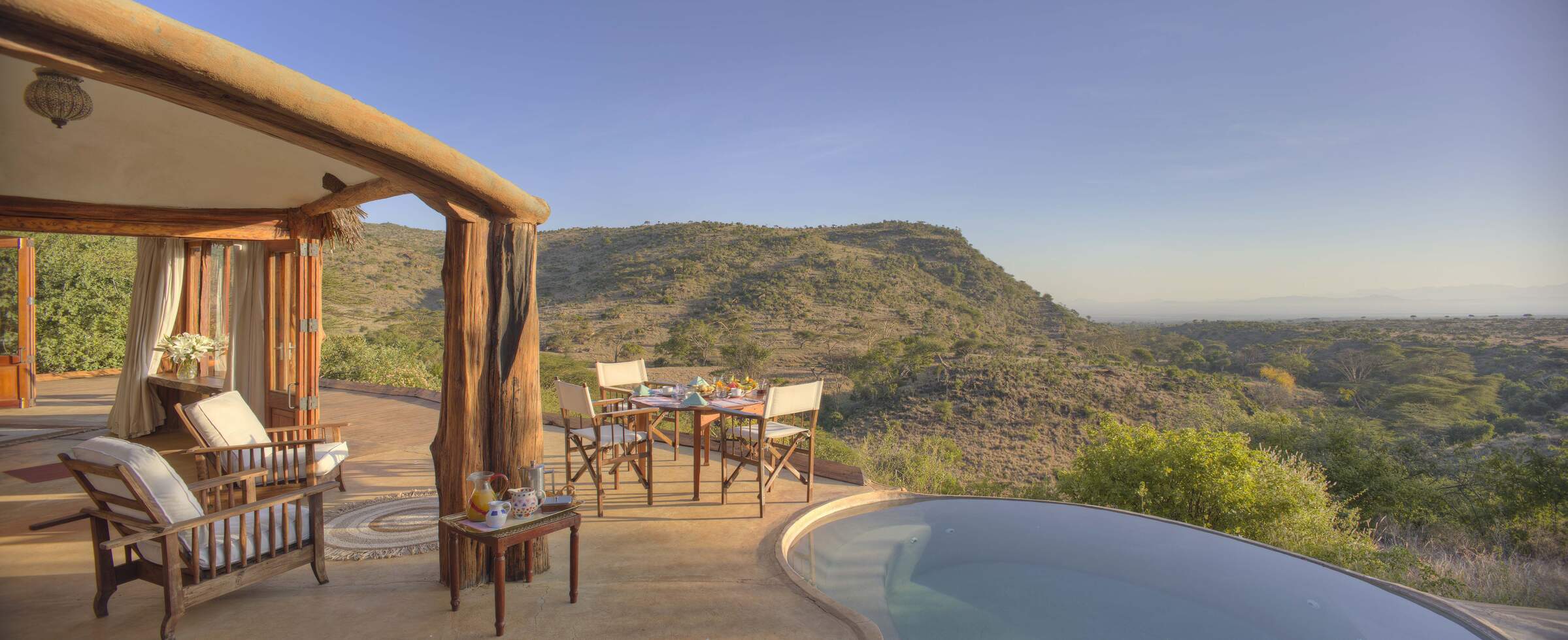
Lewa Wilderness
Lewa Wilderness is a comfortable, fenced safari lodge with nine cottages, great views and a huge range of activities.
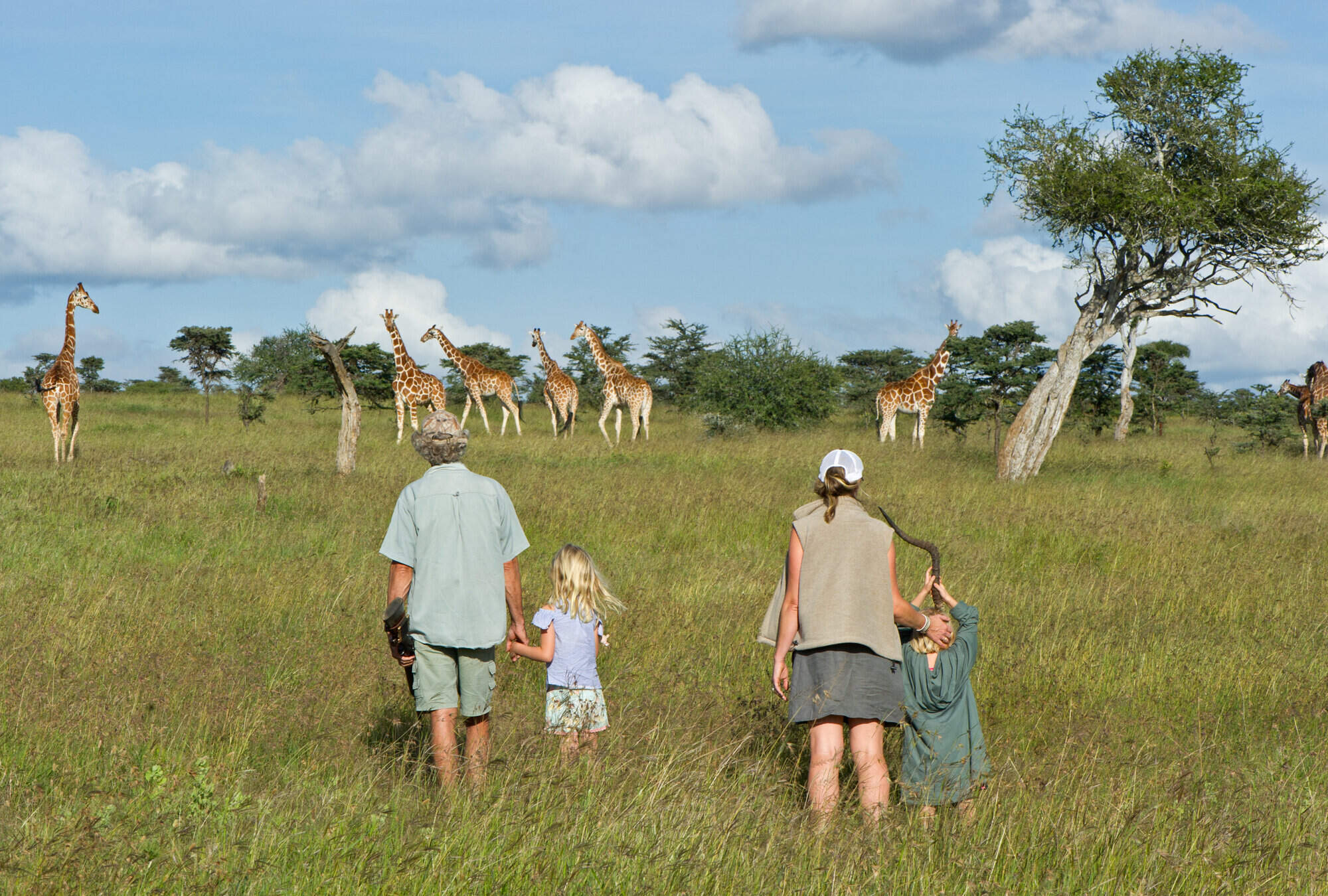
El Karama Lodge
El Karama is a comfortably rustic, very personal, riverside eco-lodge on a game-rich private ranch in Laikipia, an hour’s drive north of Nanyuki airport.
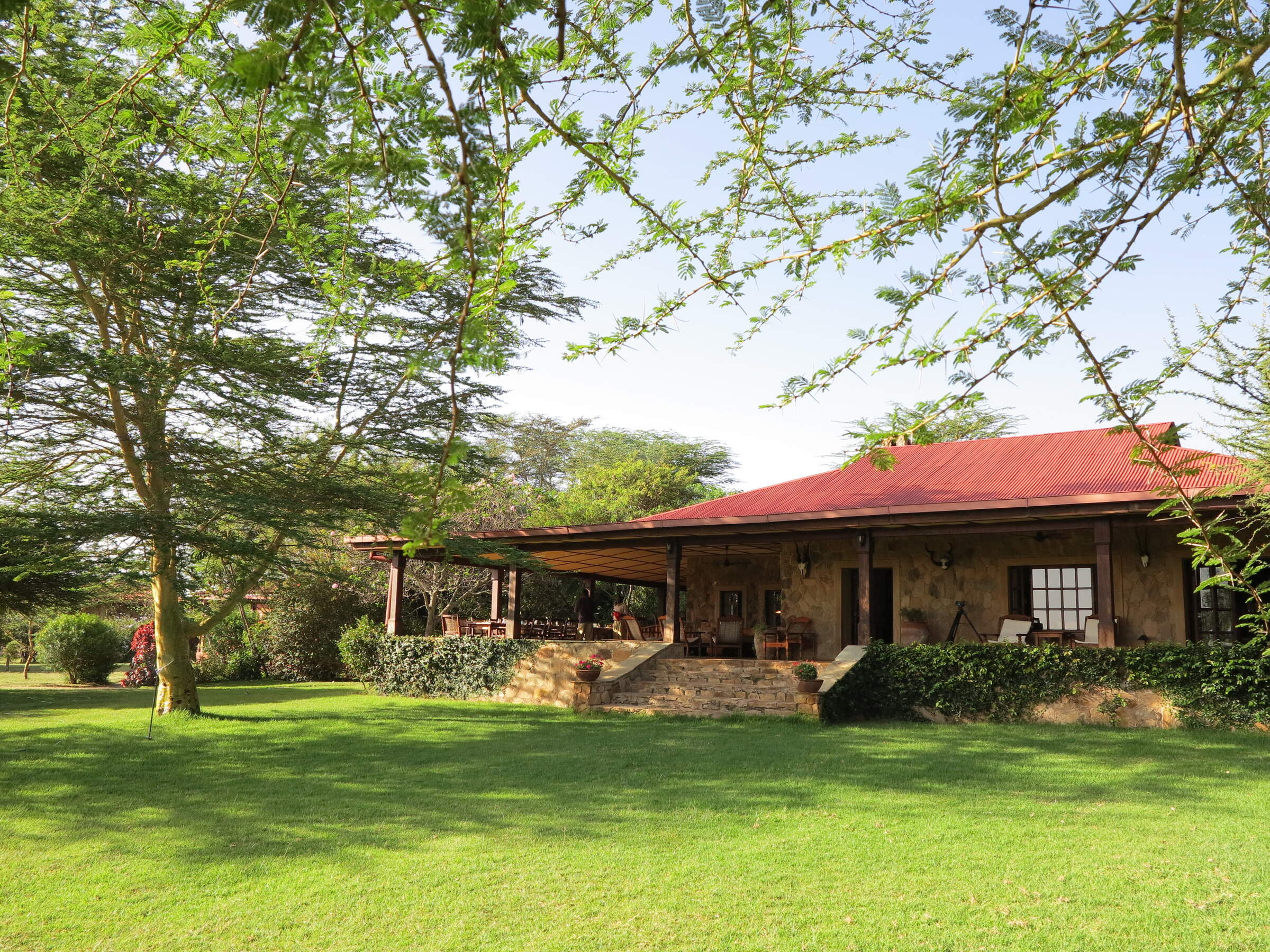
Sosian
Sosian Lodge is a distinctive, estancia-style ranch house on a former cattle ranch, with great opportunities for riding, relaxing and seeing wild dogs and other savannah wildlife.
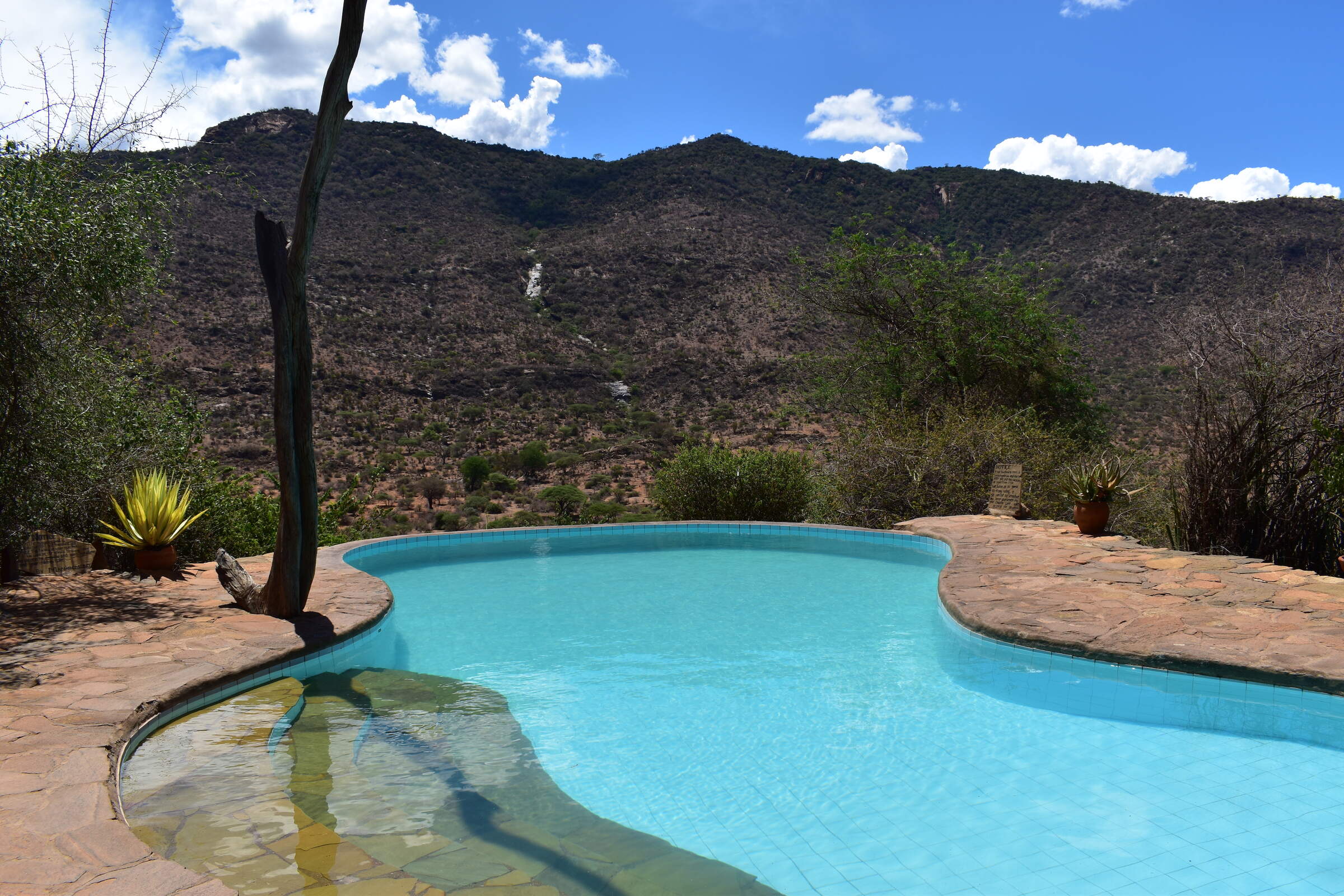
Il Ngwesi Eco-Lodge
The community-owned Il Ngwesi Eco-Lodge sits atop a small hill in the remote Il Ngwesi Group Ranch, a two-hour drive north of Lewa Conservancy in north-eastern Laikipia.
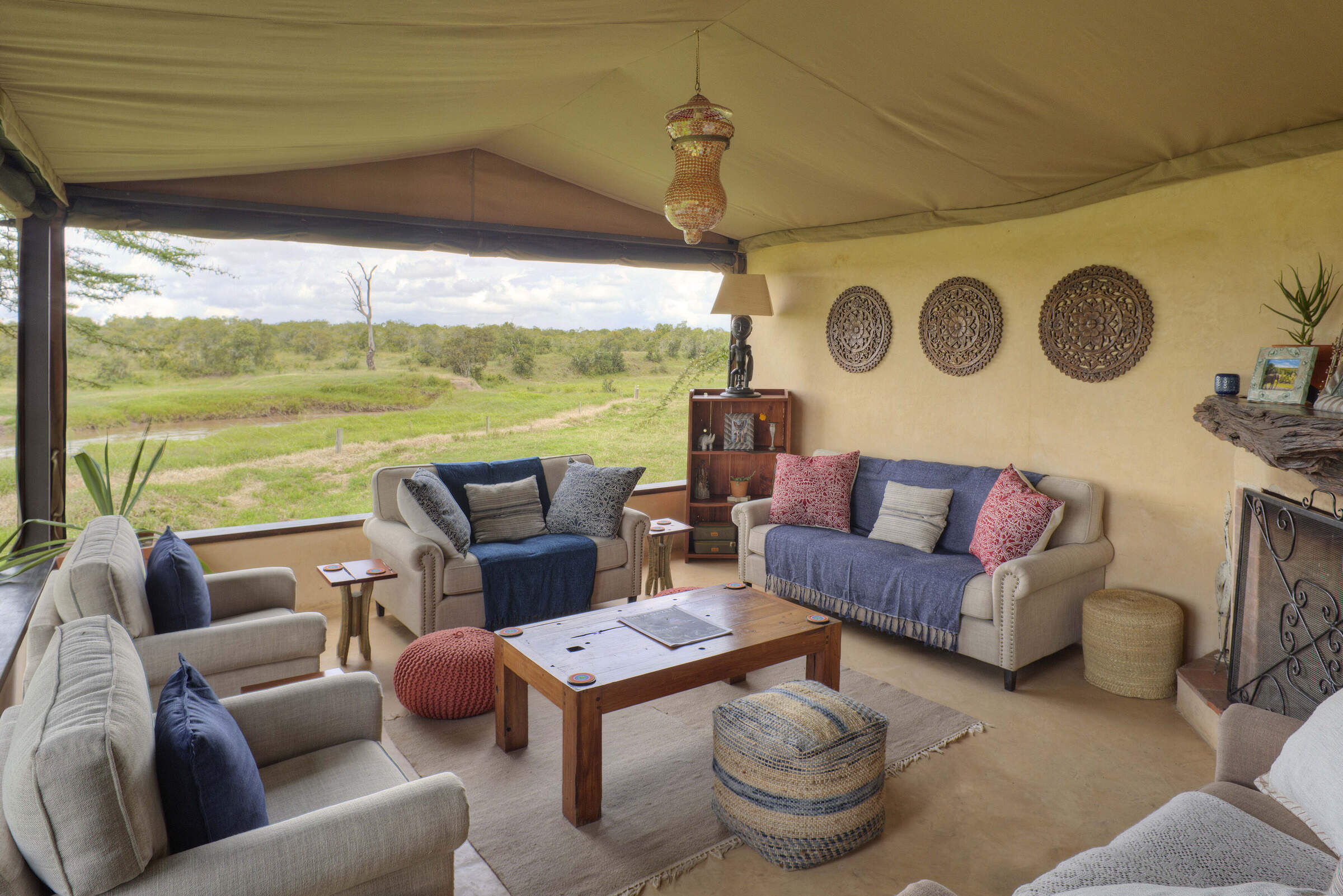
Ol Pejeta Bush Camp
Ol Pejeta Bush Camp is a simple camp, with comfortable tents, delivering an authentic wilderness experience backed up by good food and guiding.
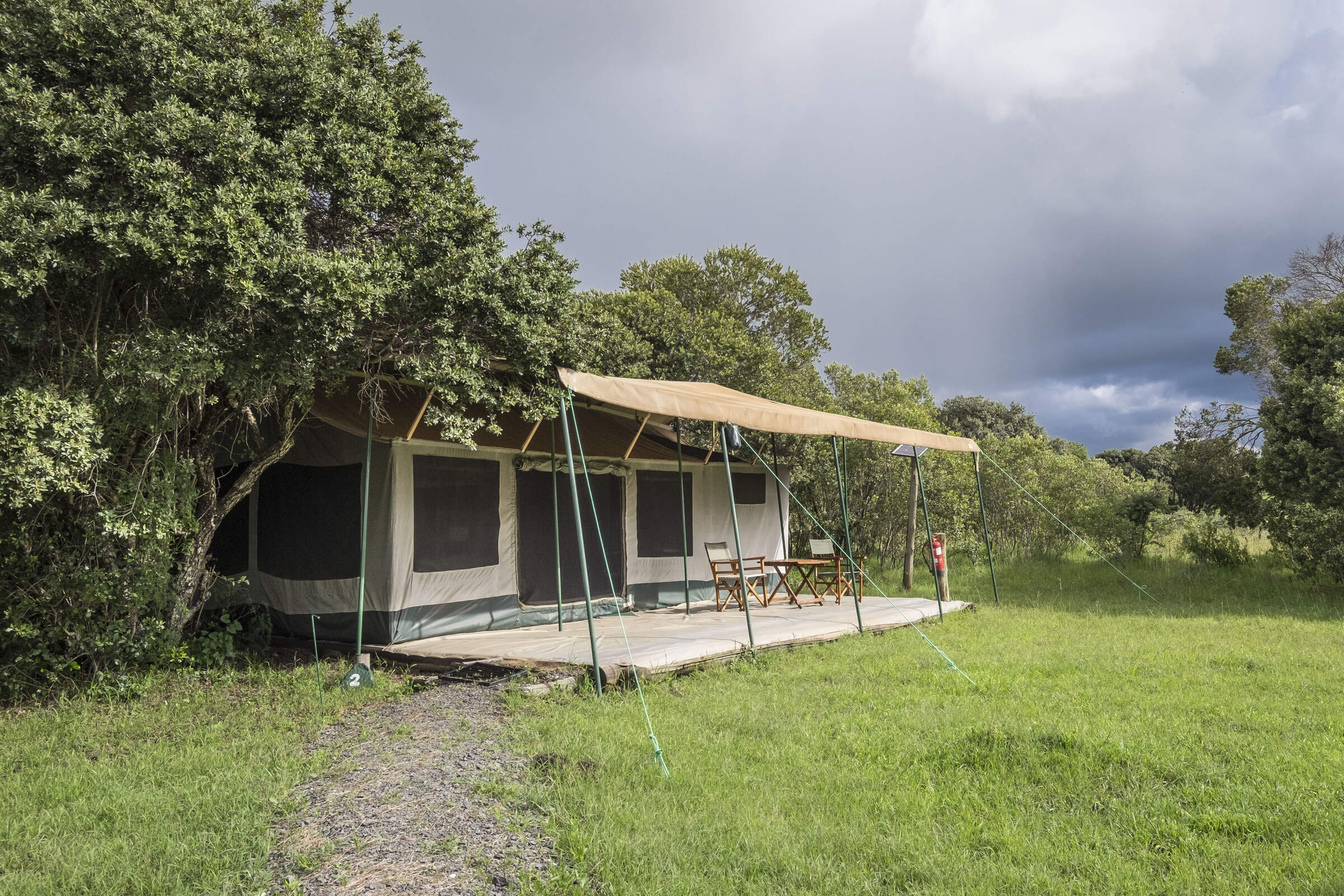
Porini Rhino Camp
Porini Rhino Camp is a small, simple, well established tented camp, with a keen focus on sustainable and low-impact tourism.
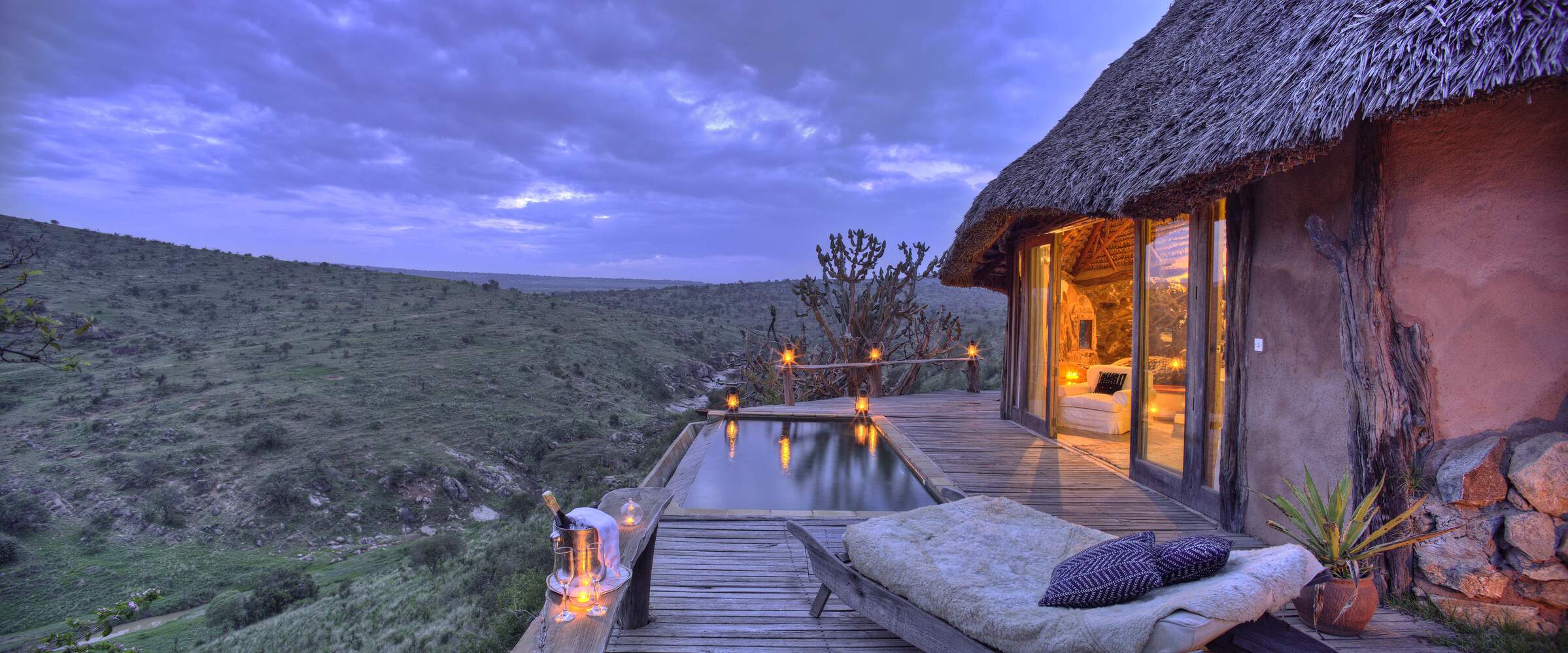
Borana
Borana is a comfortable and striking lodge on the Borana Conservancy in eastern Laikipia, offering pleasant accommodation with good food and service and a very wide range of activities.
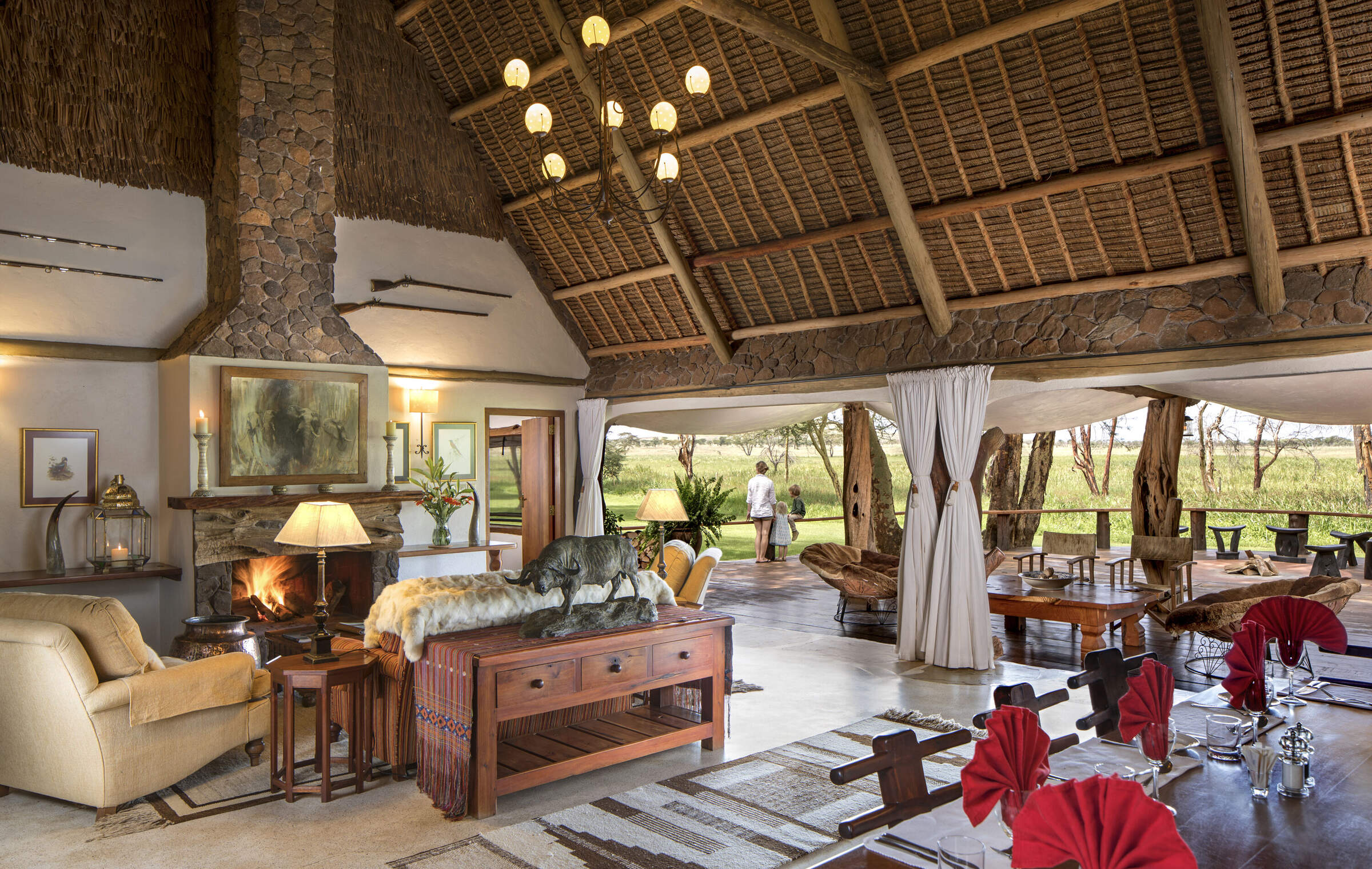
Sirikoi
Sirikoi is a small, very high-quality safari camp with excellent service and food and a wide selection of activities.
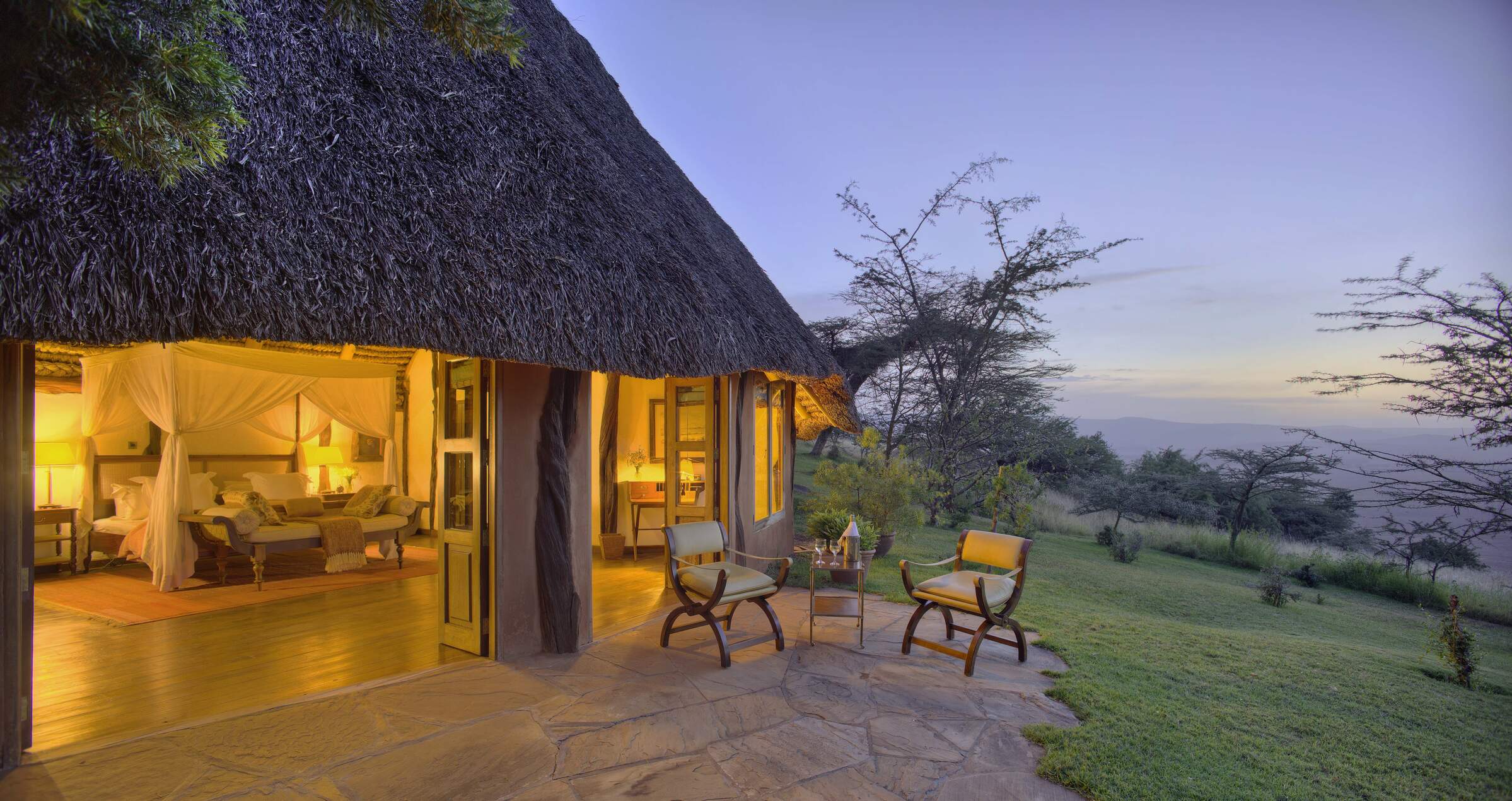
Kifaru House
Kifaru House is a small, stylish safari lodge in the Lewa Conservancy, with beautiful views across the landscape.
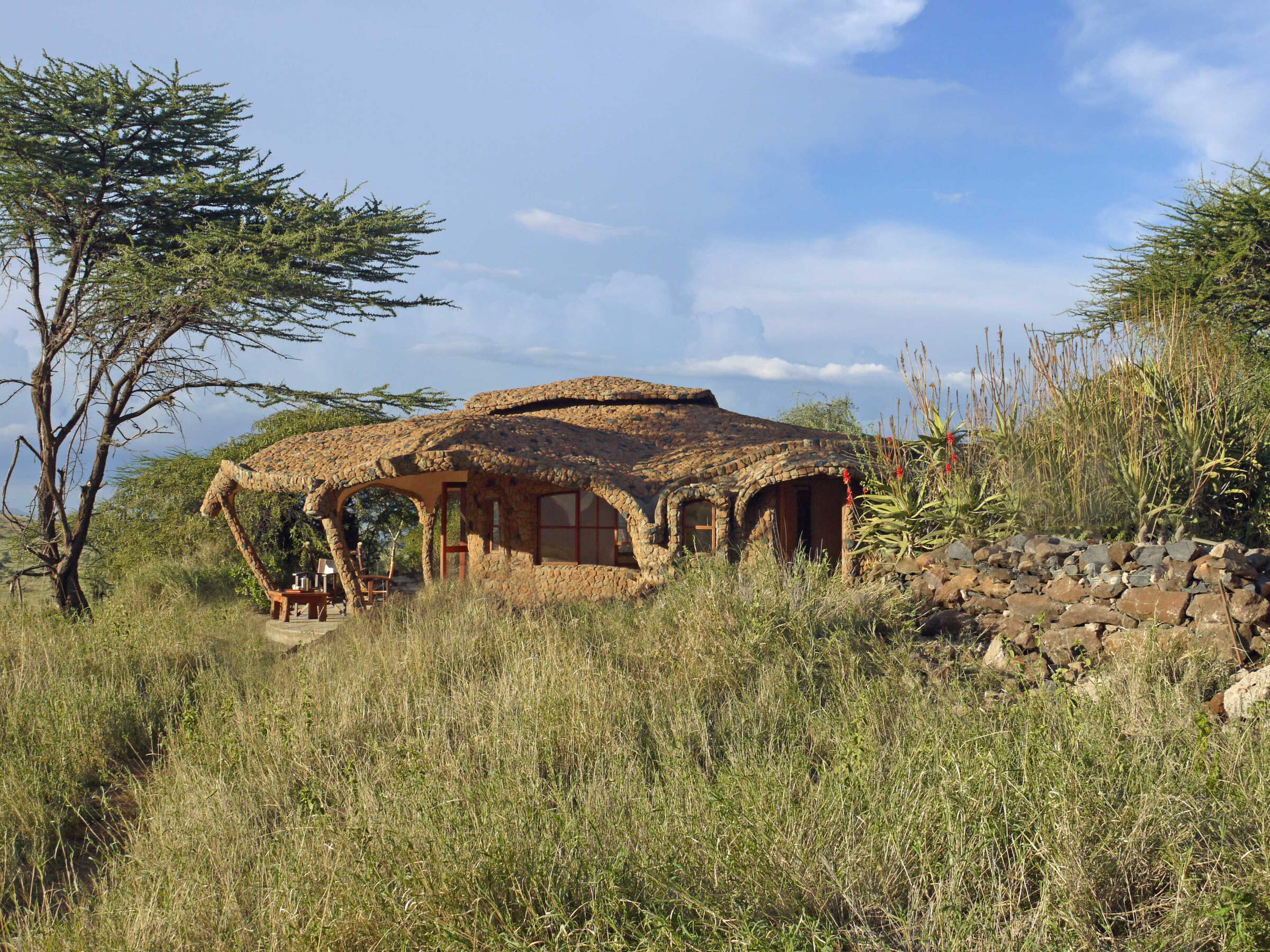
Lewa House
Lewa House is a very comfortable, boutique safari lodge located on the Lewa Conservancy, north of Mount Kenya.
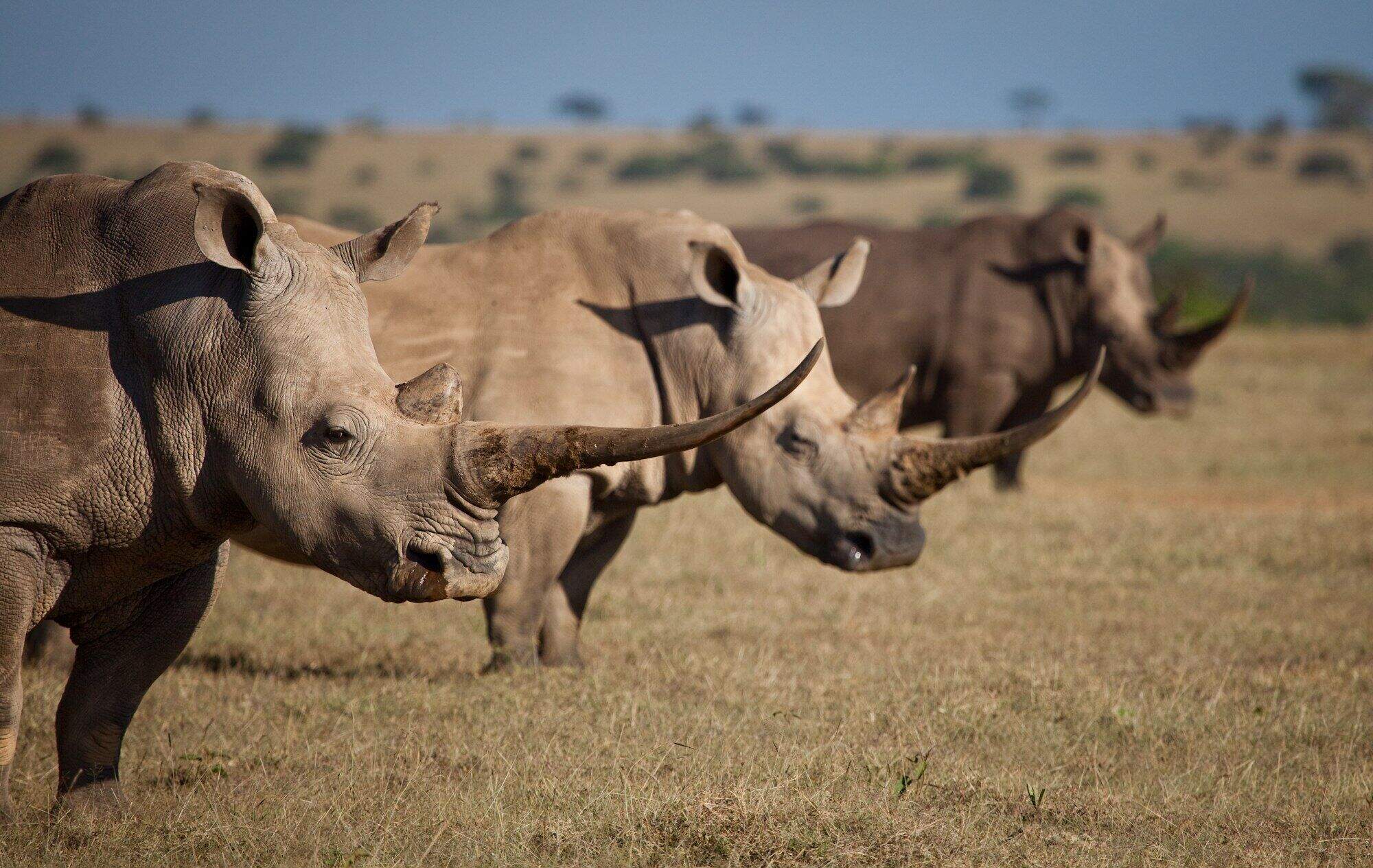
Solio Lodge
Solio Lodge is an exclusive and luxurious bush lodge set in the private Solio Game Ranch in southern Laikipia.
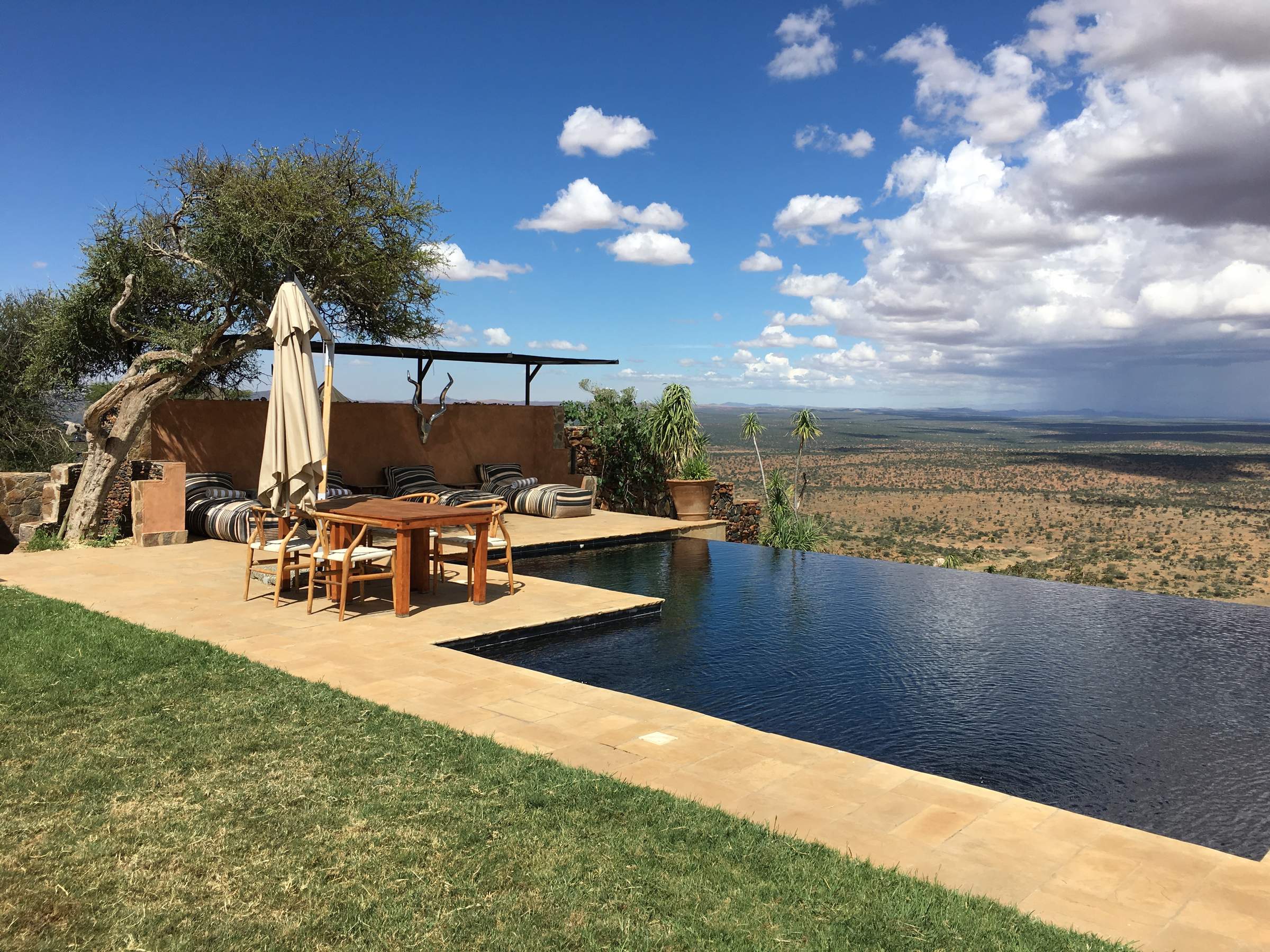
Loisaba Tented Camp
Loisaba Tented Camp is a luxury safari base of tented rooms, ranged along a ridge in the Loisaba Conservancy, facing Mount Kenya. The camp was completely rebuilt in 2016.
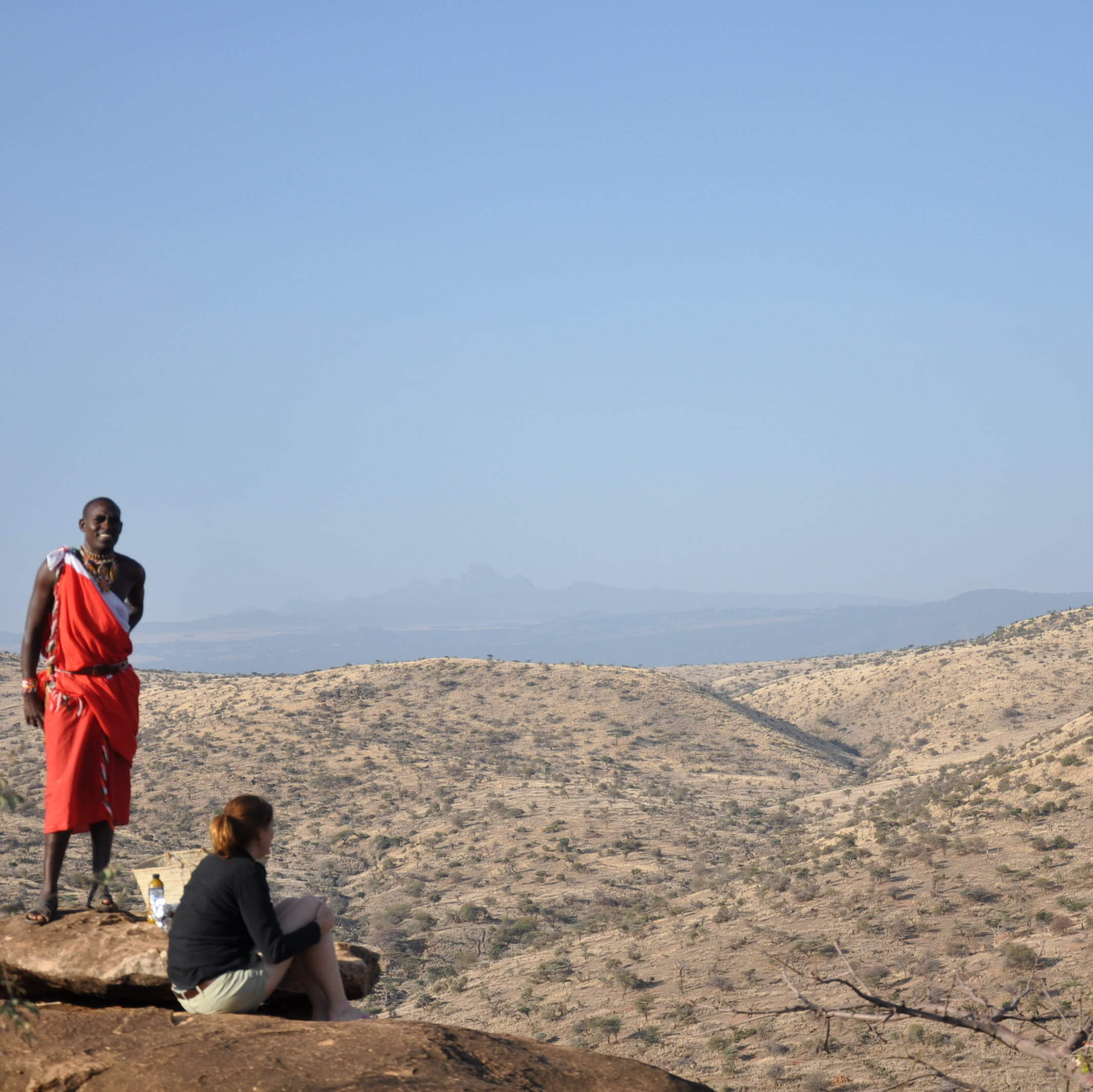
Tassia Lodge
Tassia offers a unique wilderness experience in a remote location: come here for cultural interaction, stunning views and something a bit different.
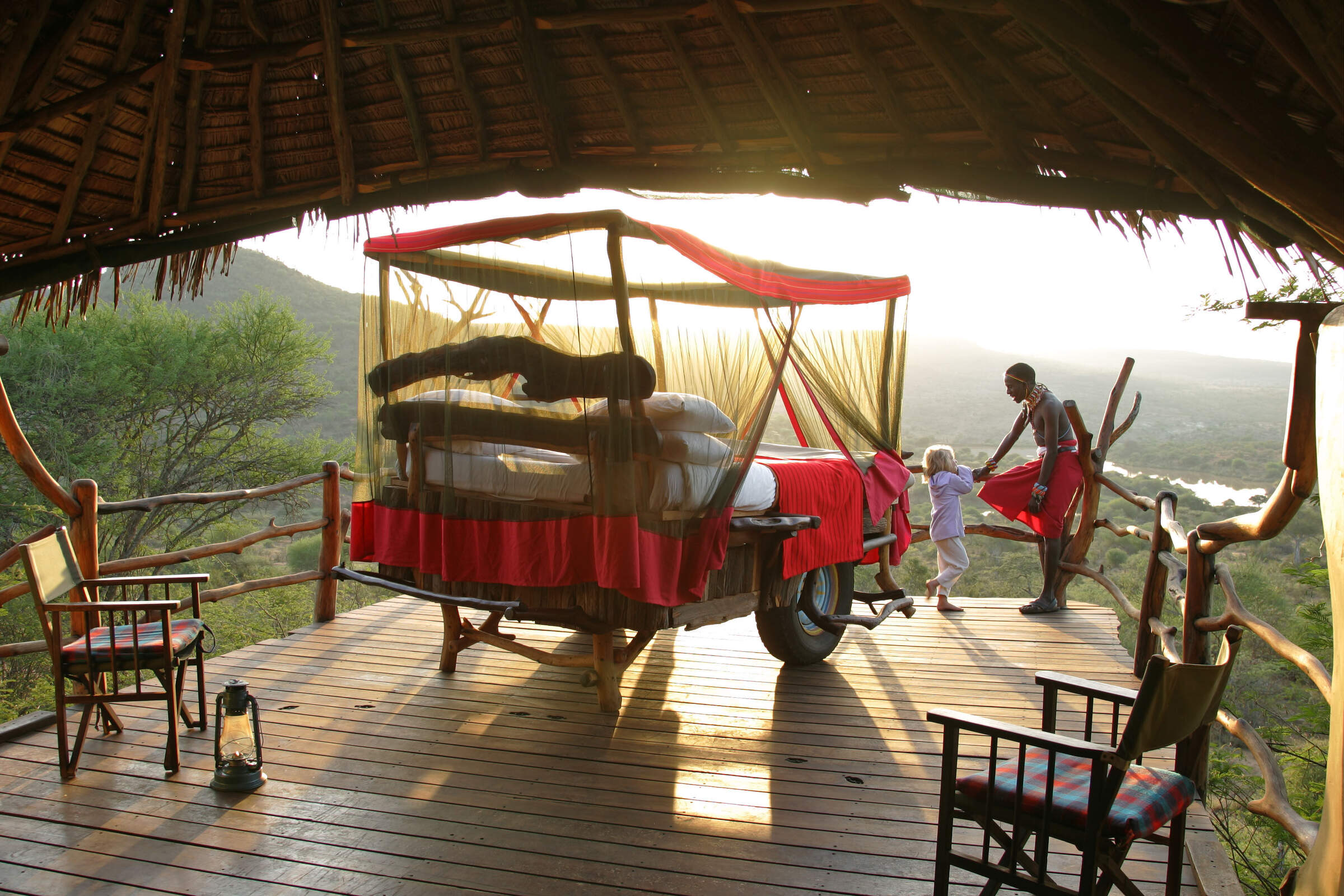
Loisaba Star Beds
Loisaba Starbeds is a simple camp of 4 rooms with pull-out, open-air 'star beds', located near a dam in the Loisaba Conservancy, in northwestern Laikipia.
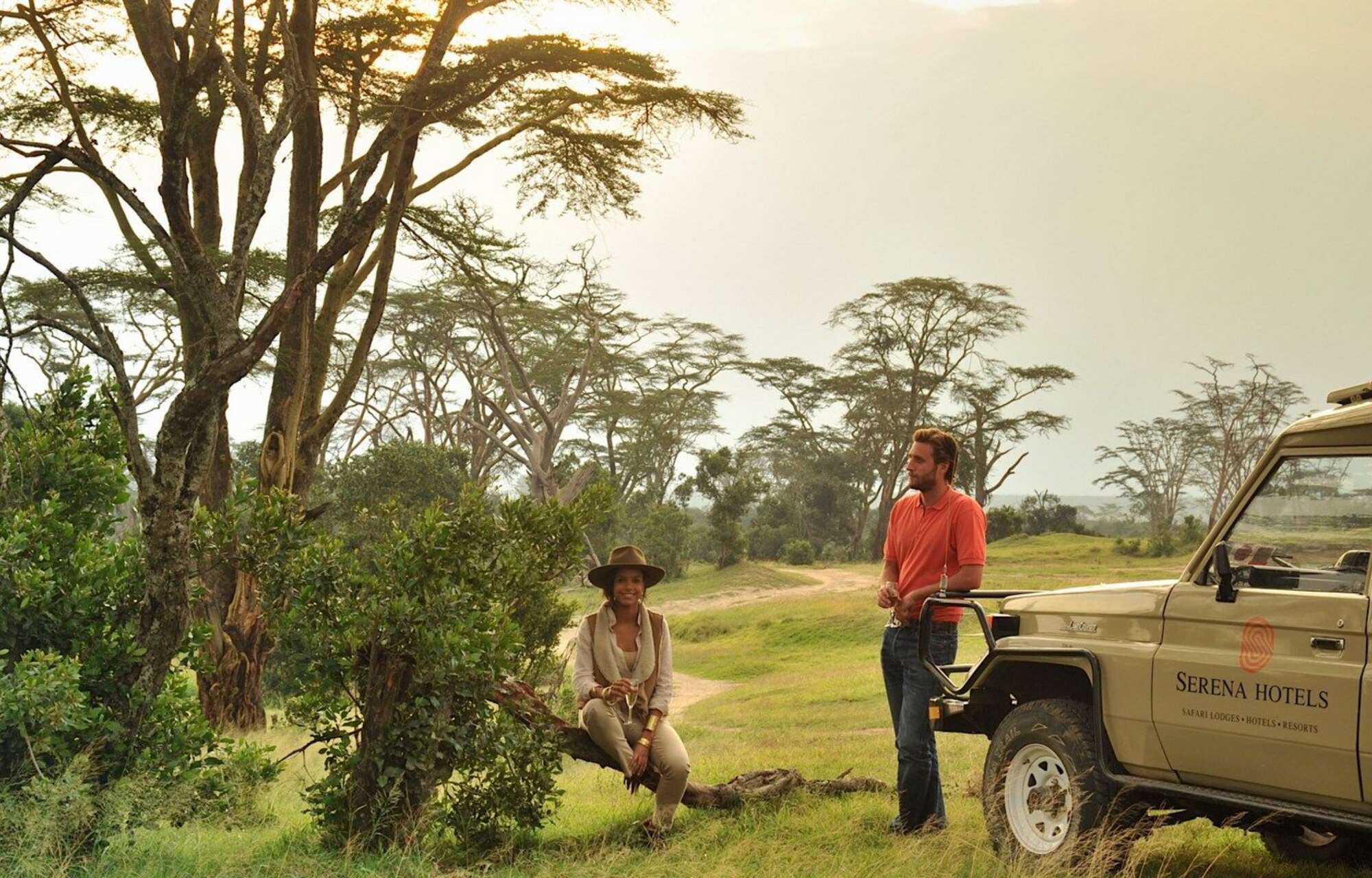
Sweetwaters Serena
Sweetwaters Serena is a large, older tented camp – the largest camp in the Laikipia region – in the eastern part of the Ol Pejeta Conservancy.
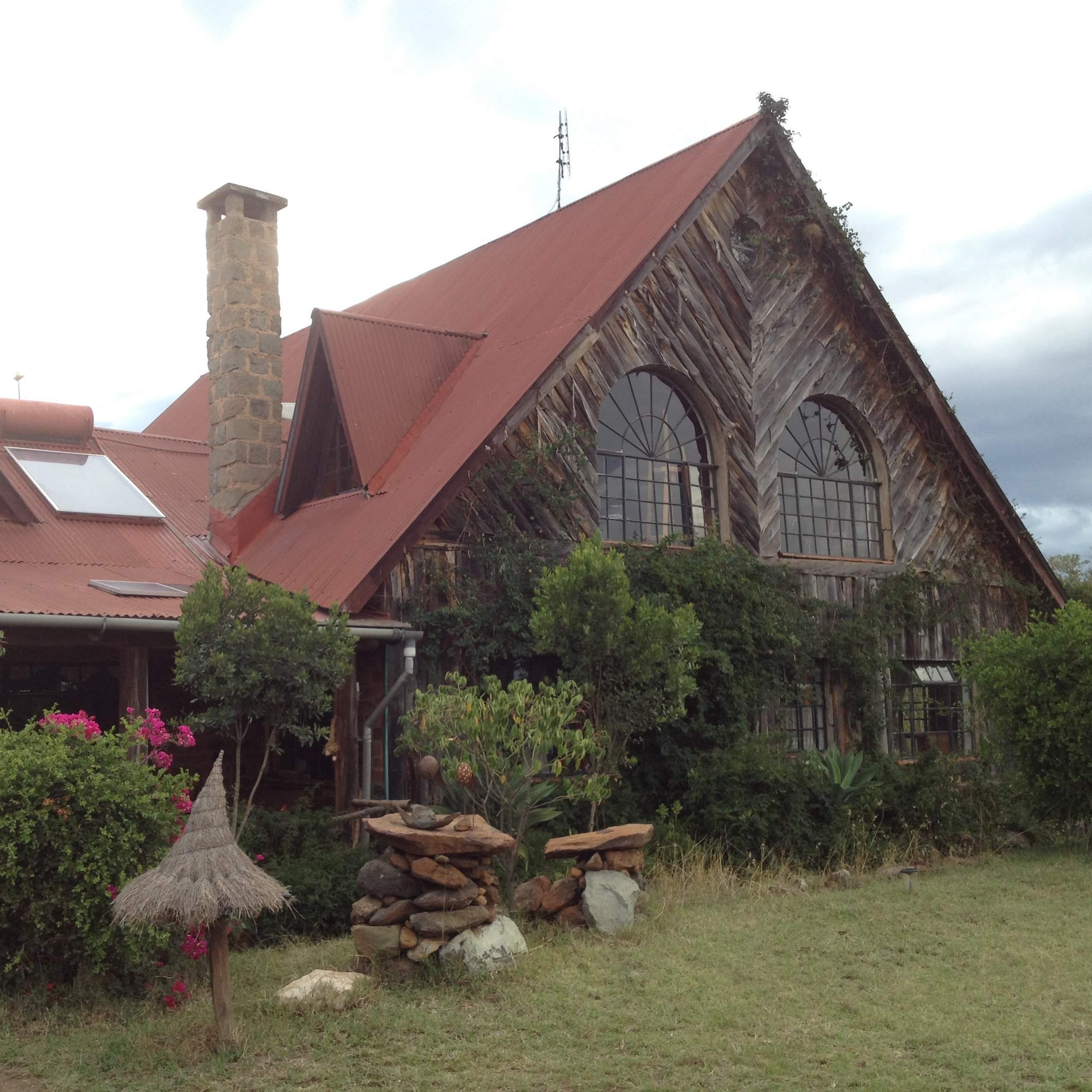
Sandai
Sandai is a pretty, owner-run homestay, set between the Aberdare Range and Mount Kenya, offering a range of activities at extra cost.
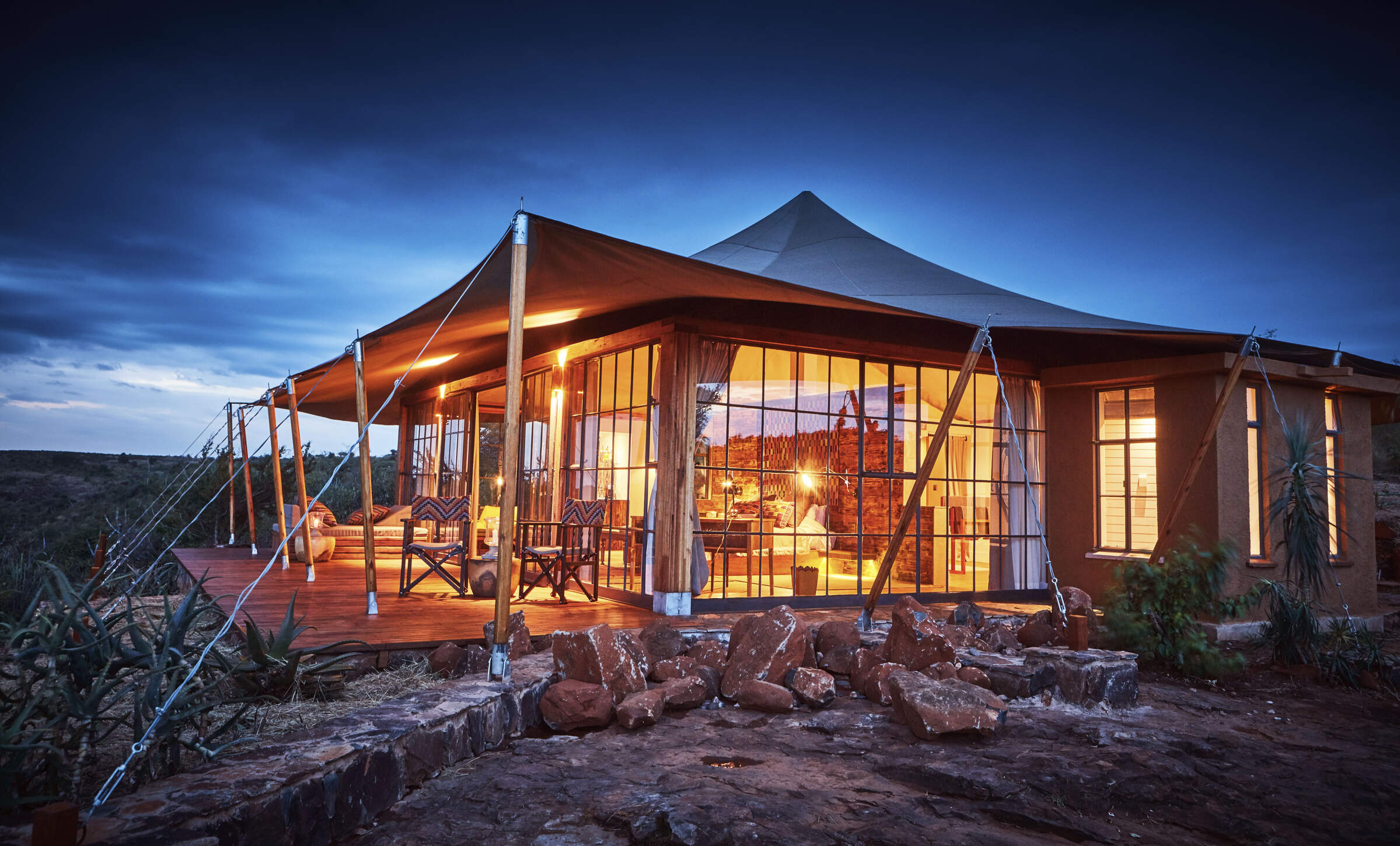
Lodo Springs
Lodo Springs is a spectacularly located luxury lodge in a remote spot in the Loisaba Conservancy, sister lodge to Loisaba Tented Camp and Loisaba Star Beds.
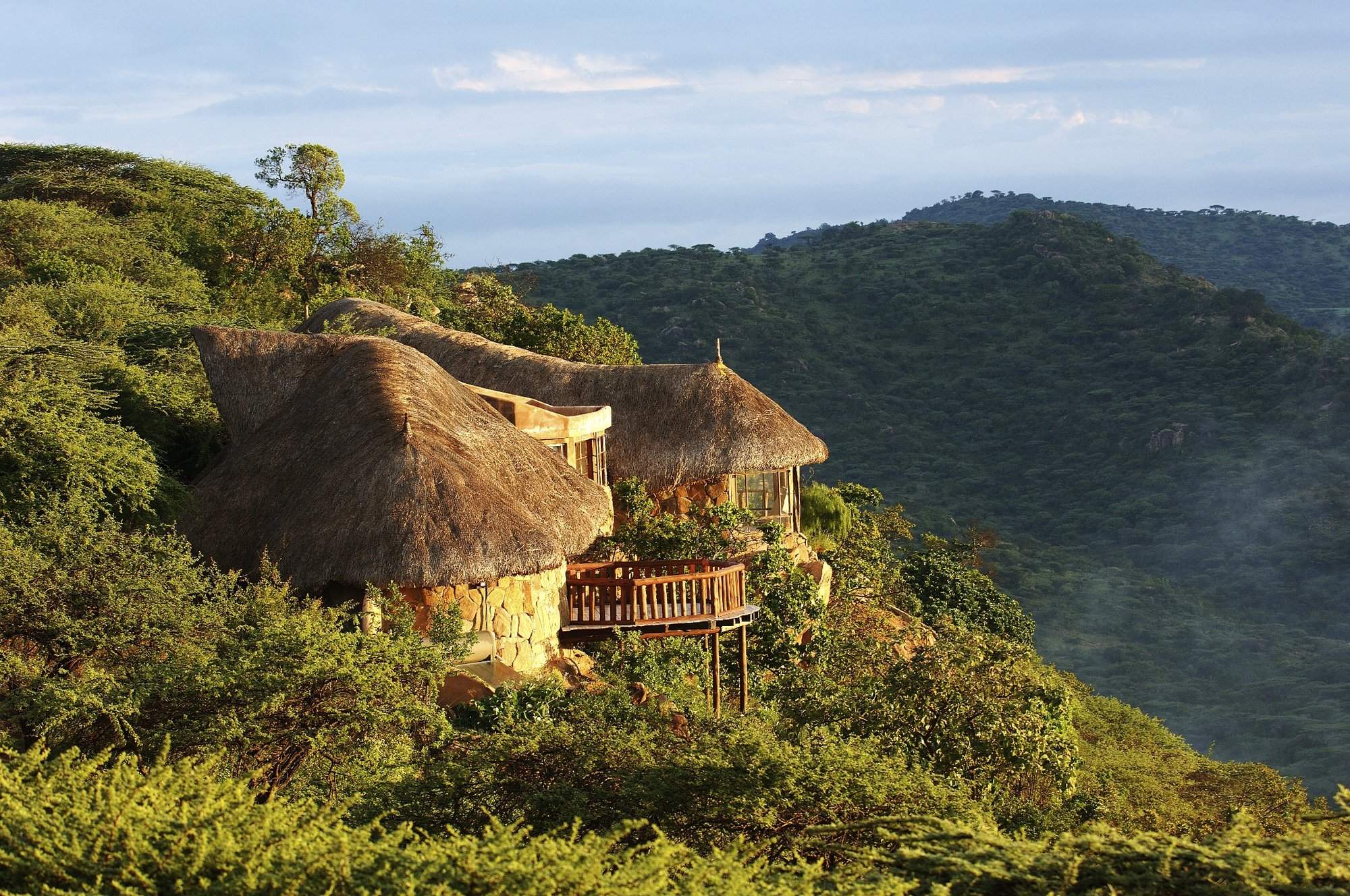
Sanctuary at Ol Lentille
The Sanctuary at Ol Lentille is an unusual safari lodge in northern Laikipia, consisting of three exclusive villas, and offering a huge range of activities.
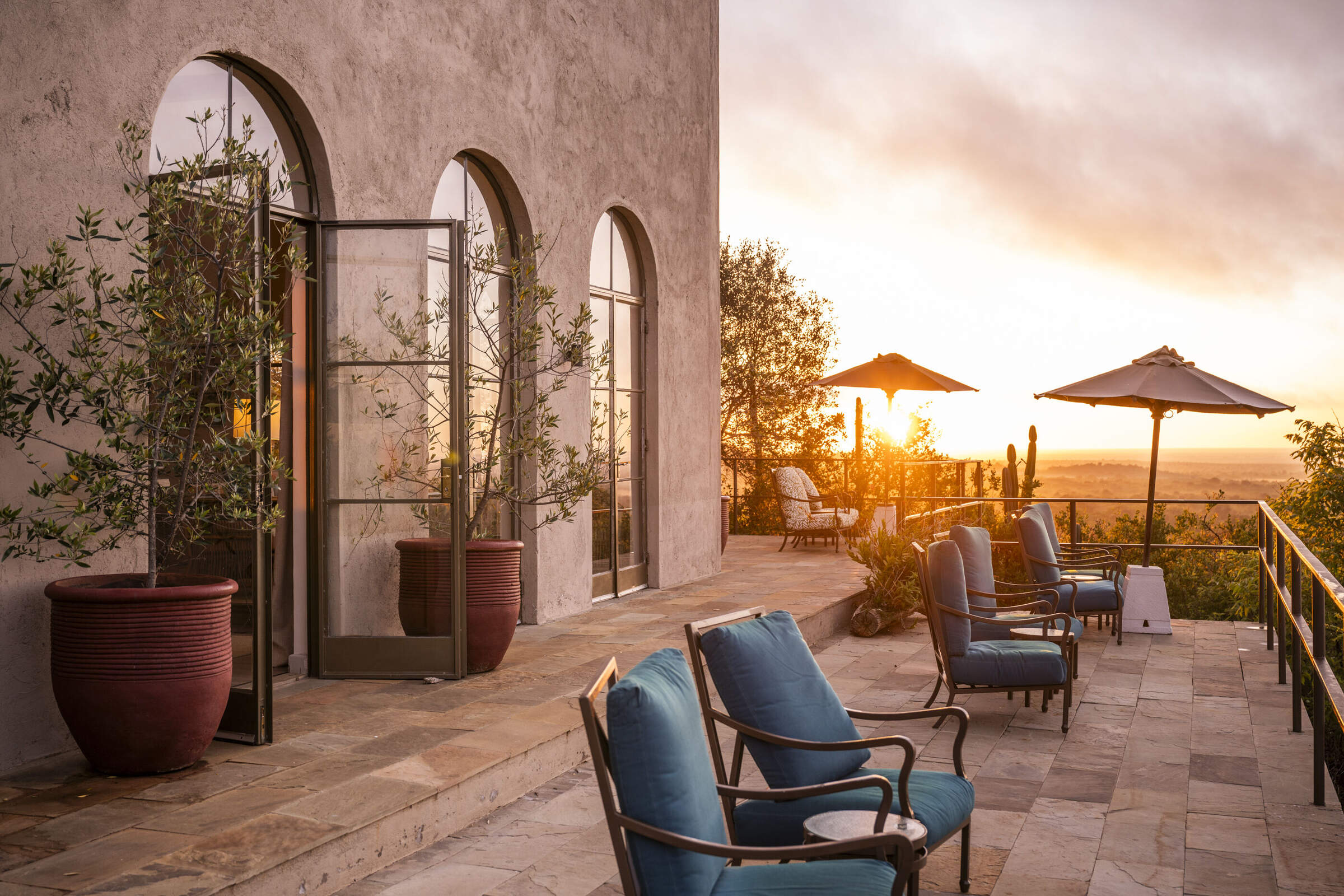
Governors' Mugie House
Governors' Mugie House – a substantial, luxury safari lodge – is one of only two properties in the Mugie Conservancy in northwestern Laikipia.
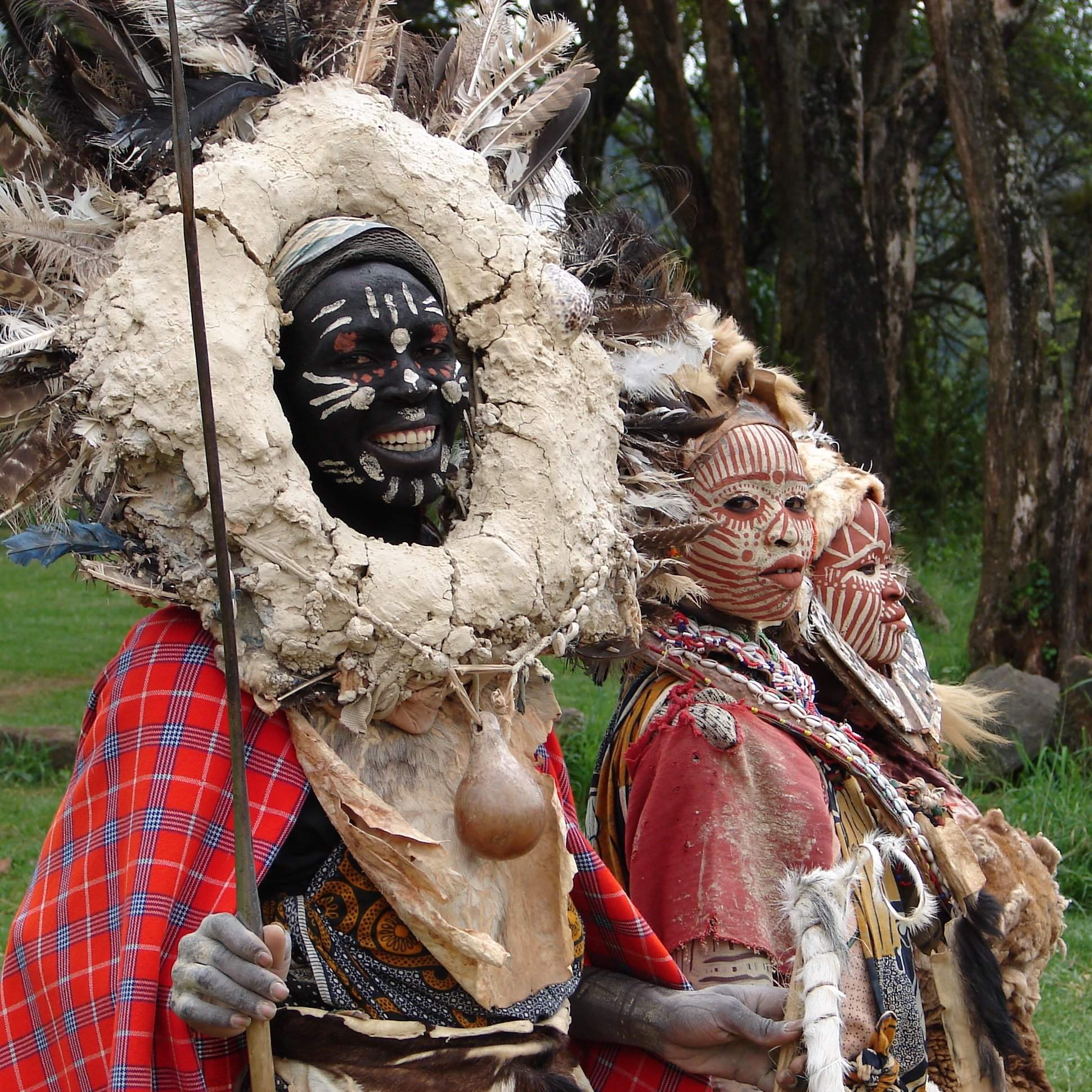
Thomsons Falls Lodge
Thomsons Falls Lodge is a simple hotel dating back to the colonial era, located above the falls of the same name, near the western Laikipia town of Nyahururu.
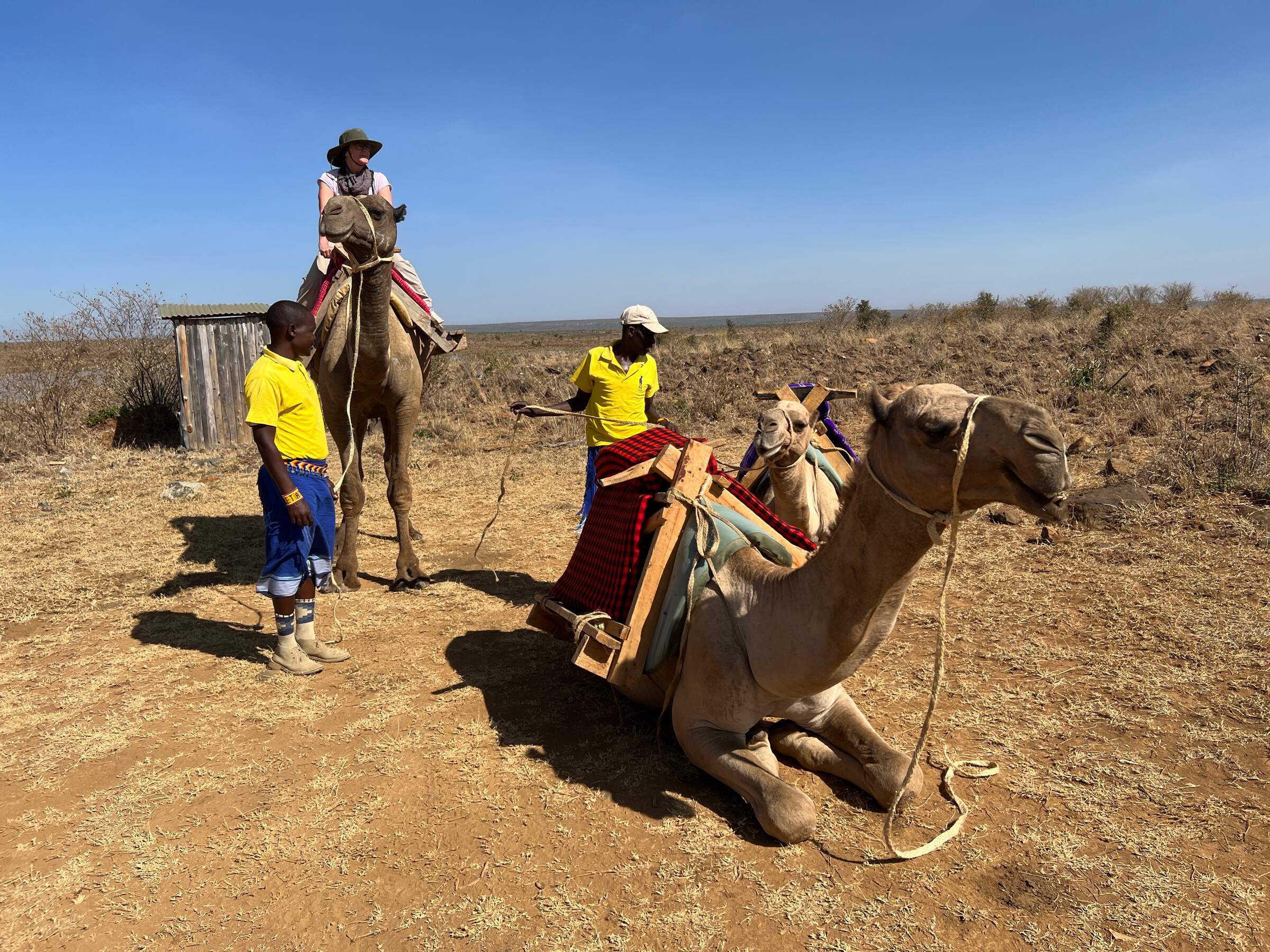
Ekorian's Mugie Camp
Ekorian's Mugie Camp is a pleasant, family-friendly safari camp in a remote location in northwestern Laikipia.
When to go to Laikipia
Our month by month guide: What it's like to visit Karisia Walking Safaris in Laikipia
Jan
Feb
Mar
Apr
May
Jun
Jul
Aug
Sep
Oct
Nov
Dec
Laikipia in January
Clear, warm days and mild nights make this a popular time for safaris in Laikipia. It's excellent for game viewing in all the conservancies, where water sources attract diverse wildlife. The dry conditions make it easier to spot black rhinos, lions and leopards. Star bed sleep-out options at a number of lodges are particularly magical under the clear night skies.
After the New Year period, many camps and lodges treat January as mid-season, offering good value. The landscape retains some greenery, enhancing photography.
- Clear days ideal for safaris
- Excellent visibility for wildlife viewing
- Dry riverbeds attract wildlife to water sources
- Calving season for wildebeest and antelopes
- Palearctic migrant birds abundant
Our view
Fantastic: the very best time to visit
Weather in January
Laikipia in February
With the short dry season well established in Laikipia, wildlife gathers close to water points, making it an excellent time for safaris. Ol Pejeta and Lewa Wildlife Conservancies offer prime viewing opportunities for endangered species like black rhinos and Grevy's zebras. Solio Rhino Conservancy provides exceptional black rhino sightings during this period. The grass is grazed down, improving visibility across the region.
February is ideal for walking safaris, where you can appreciate the smaller details of the ecosystem. The clear skies make stargazing from star beds an unforgettable experience. Cultural visits to local communities are particularly rewarding, as the pleasant weather encourages outdoor activities and interactions.
- Prime time for wildlife gathering near water
- Ideal conditions for walking safaris
- Palearctic migrant birds still present
- Low rainfall makes game drives rewarding
Our view
A very good time to visit
Weather in February
Laikipia in March
As March progresses in Laikipia, the weather becomes increasingly hot and humid with more rain likely later in the month. Through most of the month, conditions are still good for game drives in most districts. As the month advances, the buildup to the rainy season becomes apparent.
This period can offer unique photographic opportunities as animals congregate around diminishing water sources. Accommodation costs decrease as the low season approaches.
- Early month offers great wildlife viewing
- Hot weather transitions to occasional rains
- Lower visitor numbers
- Lush vegetation begins to appear
Our view
A good time to visit, with pros & cons
Weather in March
Laikipia in April
April usually sees established, serious rainfall in much of Laikipia, transforming the landscape. The southeast monsoon wind brings cooler temperatures and frequent downpours. While game viewing can be challenging due to lush vegetation, the green season offers unique experiences, with new-born animals visible among the verdant scenery.
The landscape bursts into life with vibrant colours, ideal for photography. Birdwatching is excellent with many species breeding. This is a quieter time for tourism, with lower accommodation rates at many places allowing for a more exclusive safari experience for great levels of service.
- Long rains begin, transforming landscapes
- Green season offers unique photo opportunities
- Lower rates at Laikipia's luxury lodges
- Buffalo and zebra calving season commences
- Birdwatching excellent
Our view
A good time to visit, with pros & cons
Weather in April
Laikipia in May
May in Laikipia is characterised by ongoing rains and lush vegetation. While game viewing can be trickier, the vibrant landscapes offer spectacular photographic opportunities with very little dust. The landscapes are a sea of green, with diverse and thriving flora.
This is an excellent time for birdwatching across the region as breeding season continues. The Ewaso Nyiro river swells impressively. Despite potential challenges, patient visitors may witness dramatic scenes of predators hunting in the thick vegetation.
- Lush vegetation makes wildlife spotting trickier
- Great for landscape and nature photography
- Rutting season for wildebeest and impalas
- Frog breeding season in Laikipia's wetlands
- Mount Kenya views improve with clearer air
Our view
A good time to visit, with pros & cons
Weather in May
Laikipia in June
As June progresses in Laikipia, the rains give way to slightly cooler, cloudy weather. This transition marks the beginning of a long, generally dry, high season for visitors. Game viewing improves as vegetation starts to thin, and conditions are comfortable.
The Ewaso Nyiro river, still full from the rains, attracts diverse wildlife. Accommodation rates begin to rise, reflecting the start of peak season.
- Rains subside, ushering in cooler weather
- High season begins with increased visitors
- Comfortable conditions game viewing
Our view
A good time to visit, with pros & cons
Weather in June
Laikipia in July
July in Laikipia brings cooler temperatures and ideal conditions for safaris. Animals concentrate around water sources on the conservancies, providing excellent game viewing opportunities.
July marks the peak of the high season, with higher accommodation rates and visitor numbers. The dry conditions make it easier to spot elusive species like leopards and black rhinos.
- Cool weather perfect for walking and riding
- Wildlife concentrates around water sources
- Excellent conditions for photography tours
Our view
A good time to visit, with pros & cons
Weather in July
Laikipia in August
August in Laikipia offers mild, dry weather, perfect for safaris. The conservancies teem with wildlife, including endangered species like black rhinos and Grevy's zebras. The landscapes offer stunning vistas and excellent conditions for game drives and walking safaris. The dry conditions make it easier to spot big cats across the region. This is peak season, so expect higher visitor numbers and accommodation rates.
You might consider combining your Laikipia safari with a stay at the nearby Samburu National Reserve, known for its “northern five” species – Grevy’s zebra, reticulated giraffe, beisa oryx, gerenuk and Somali ostrich.
- Peak season for wildlife viewing in Laikipia
- Mild weather ideal for outdoor activities
- Busy period requires advance bookings
Our view
A good time to visit, with pros & cons
Weather in August
Laikipia in September
As September progresses in Laikipia, the weather typically remains dry with clearing skies, signalling excellent safari conditions. Early September can be busy, but visitor numbers decrease later in the month. In the conservancies, game viewing is exceptional as animals congregate around limited water sources.
September generally offers excellent conditions for photography.
- Hot, dry weather with good visibility
- Quieter period for more exclusive safaris
- Natural bush fires flush out insects and small animals for predators
Our view
Fantastic: the very best time to visit
Weather in September
Laikipia in October
October in Laikipia brings generally hot and mostly dry conditions, ideal for safaris. It's a favourite month for many visitors due to the good weather and fewer visitors. The conservancies offer excellent game viewing, with animals concentrated around water sources. The Solio Rhino Conservancy provides exceptional rhino sightings in the dry conditions.
Birdwatching is rewarding as Palearctic migrants begin to arrive. Cultural visits to Maasai communities remain a highlight. Consider combining your Laikipia safari with a trip to the nearby Samburu National Reserve for a diverse wildlife experience.
- Warm or hot and mostly dry conditions for safaris
- Migratory birds start arriving
- Perfect for photography
Our view
A very good time to visit
Weather in October
Laikipia in November
November in Laikipia marks the beginning of the short rains, usually in the latter half of the month. This transition brings about dramatic changes in the landscape. Early November can still offer good game viewing before the rains intensify. Then the bush begins to green, creating beautiful scenery.
As the low season begins, accommodation rates decrease, and visitor numbers drop too, allowing for a more exclusive safari experience. Birdwatching becomes excellent with the arrival of many migratory species. November is ideal for photographers capturing the changing landscapes and dramatic skies, with low dust and clear air. Cultural visits to Maasai communities offer insights into how local life adapts to the changing seasons.
- Short rains begin, transforming landscapes
- Low season offers better rates and privacy
- Excellent time for birdwatching in Laikipia
- Lush scenery provides stunning backdrops
Our view
A good time to visit, with pros & cons
Weather in November
Laikipia in December
In a typical December, Laikipia sees the short rains finish by mid-month, leaving the landscape at its most beautiful. Clear blue skies return, heralding the start of the second peak visitor season from around 20 December onwards. The conservancies offer excellent game viewing with lush backdrops.
Christmas can occasionally be wet, but most years see perfect safari conditions by the festive season. This is an ideal time to combine wildlife viewing with cultural experiences, such as visiting Maasai communities.
- Rains typically end, leaving landscapes lush
- Peak tourist season begins mid-month
- Christmas safaris popular in conservancies
- Night sky clarity ideal for stargazing
Our view
A good time to visit, with pros & cons
Weather in December

Looking for inspiration on where to travel next?
Visit our trip chooser to explore your options and find inspiration for your perfect African adventure
Inspire me